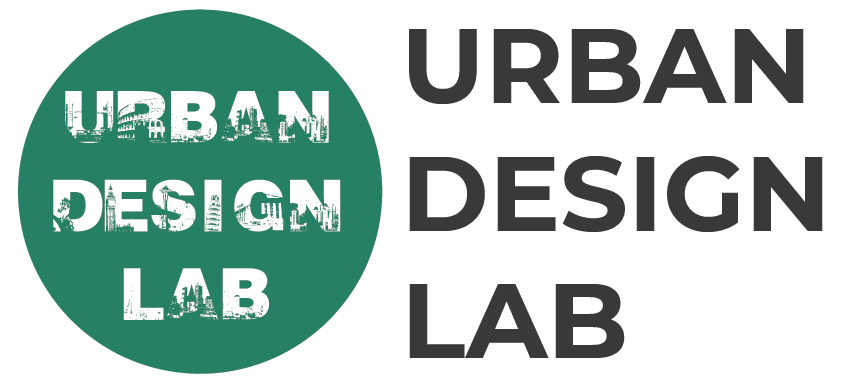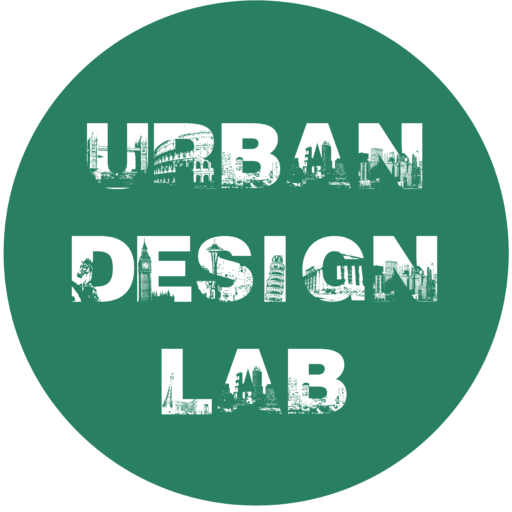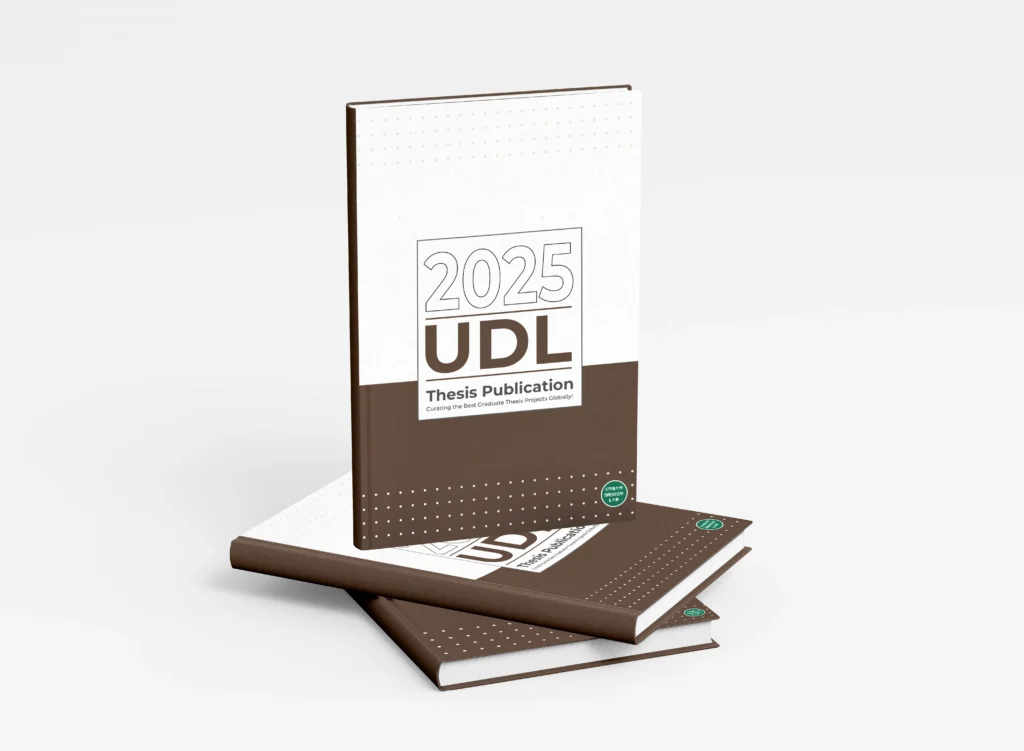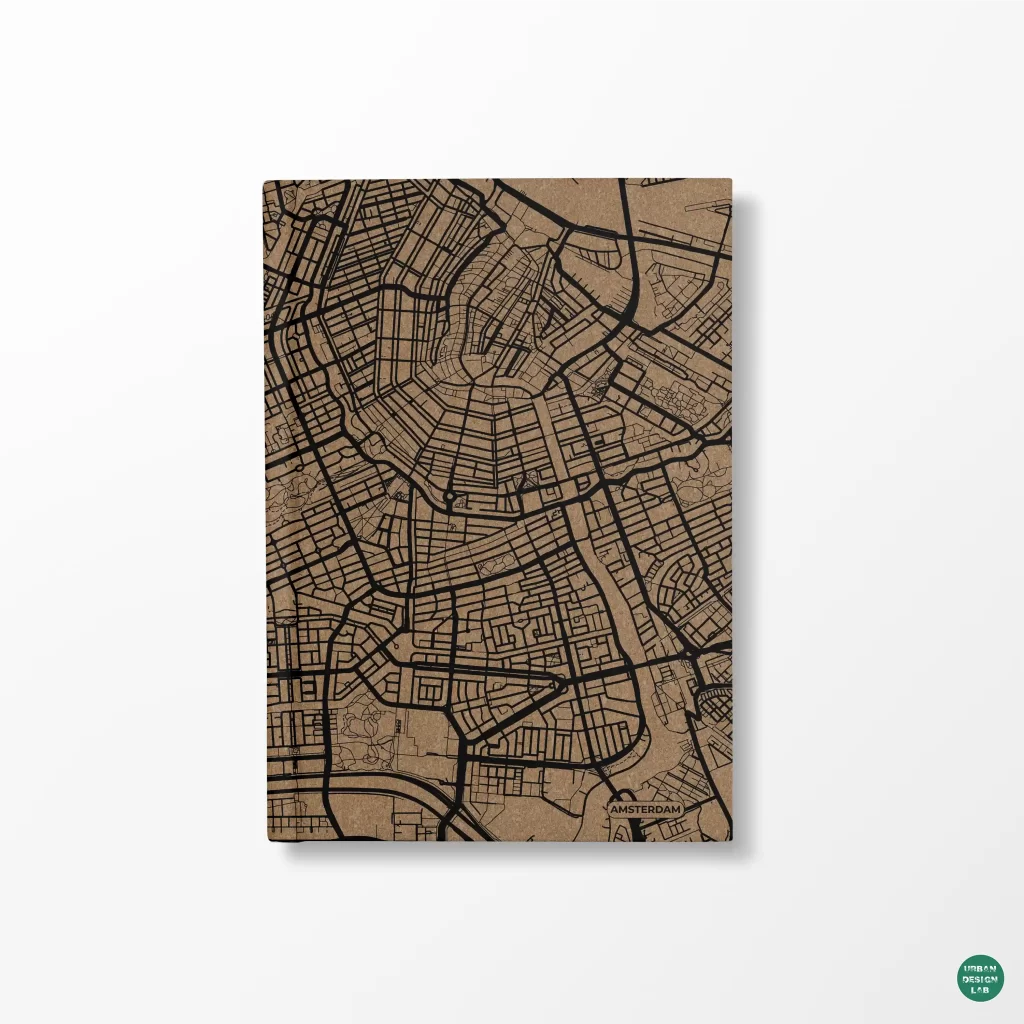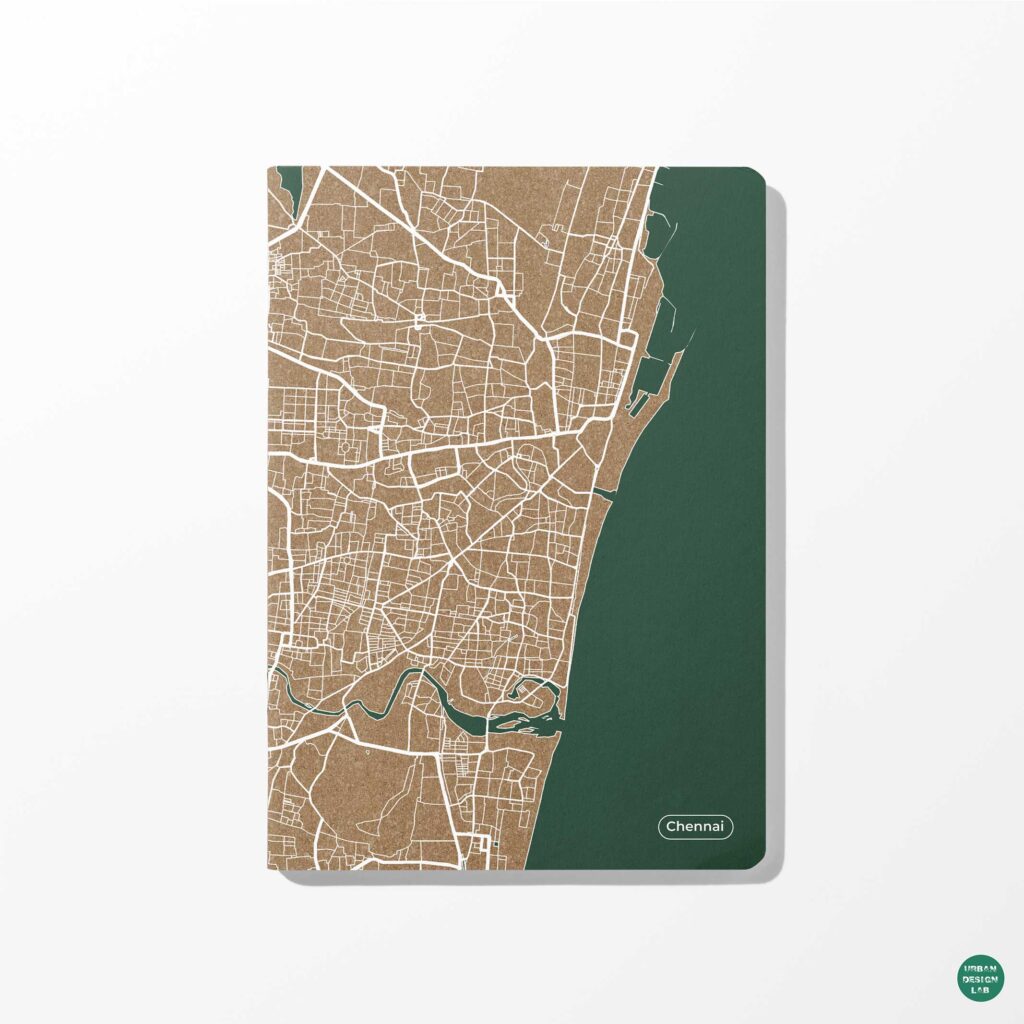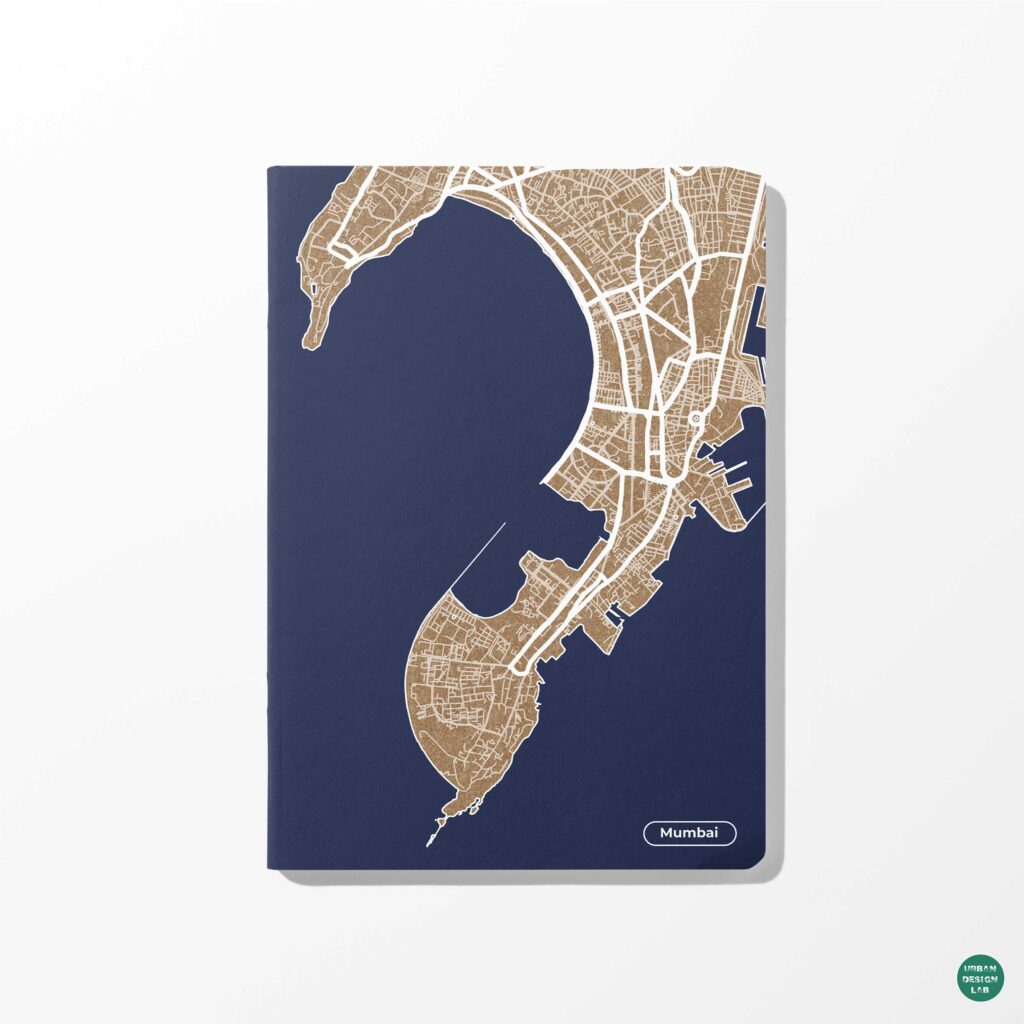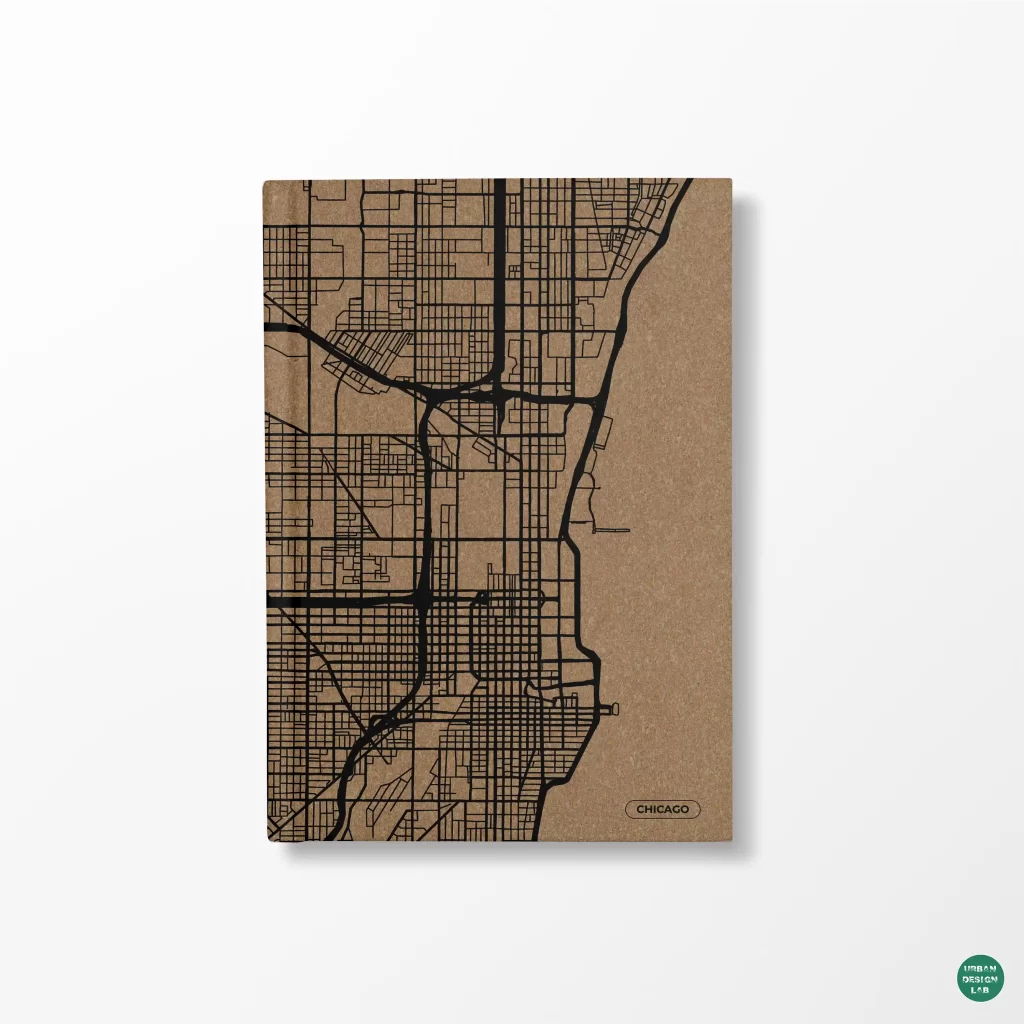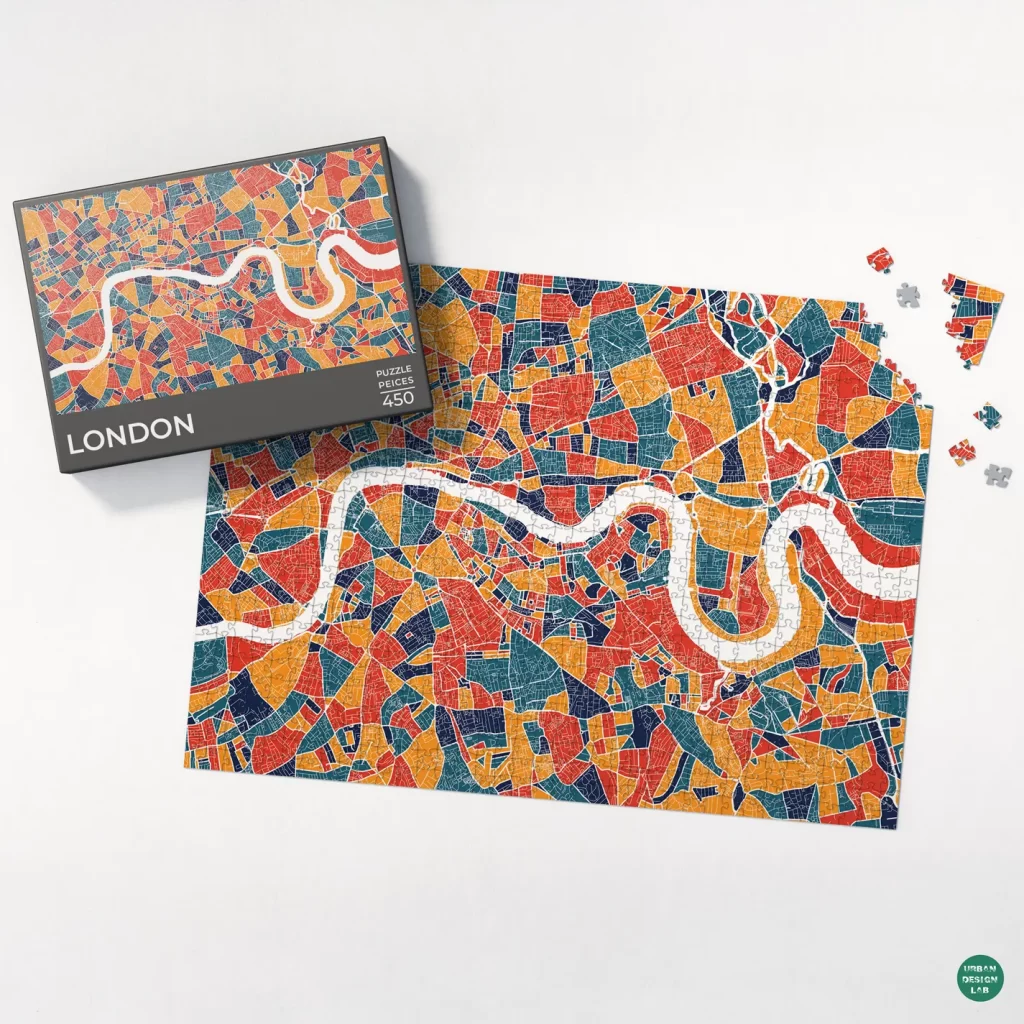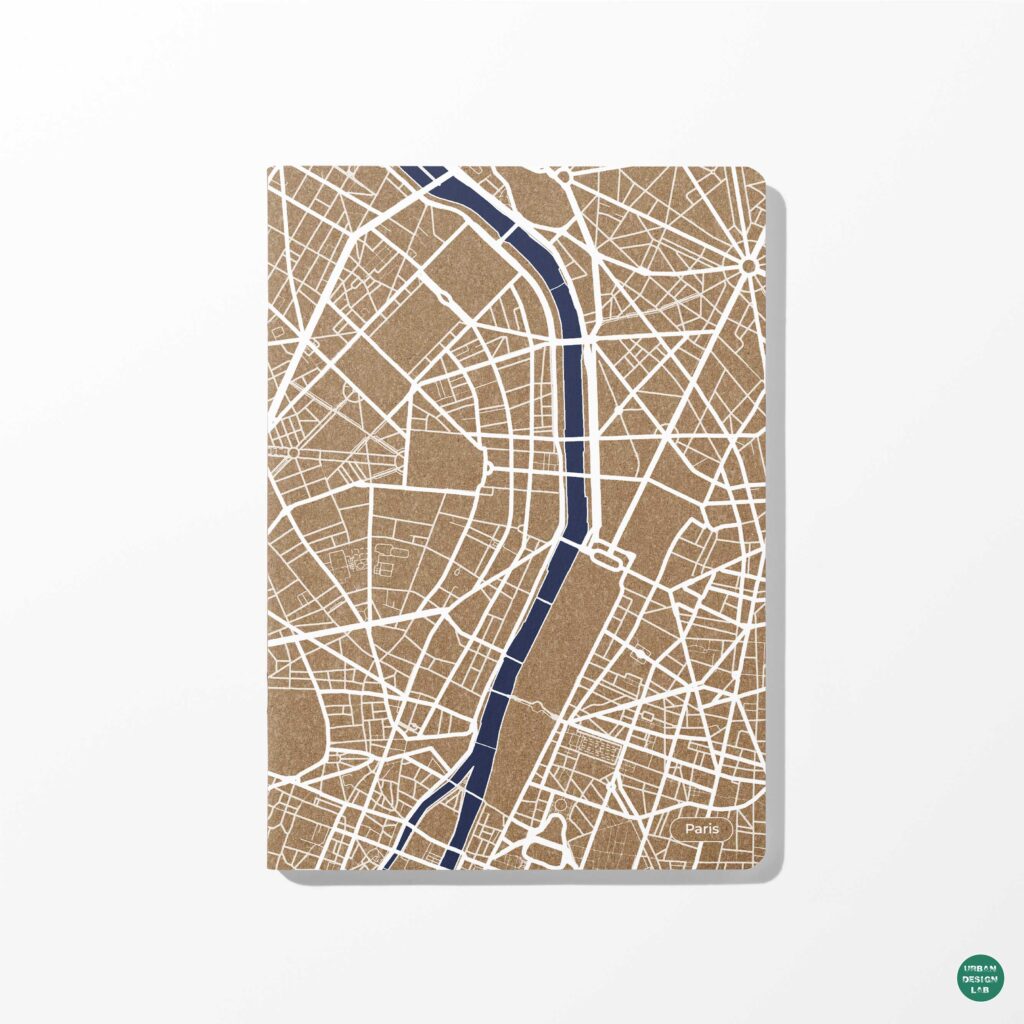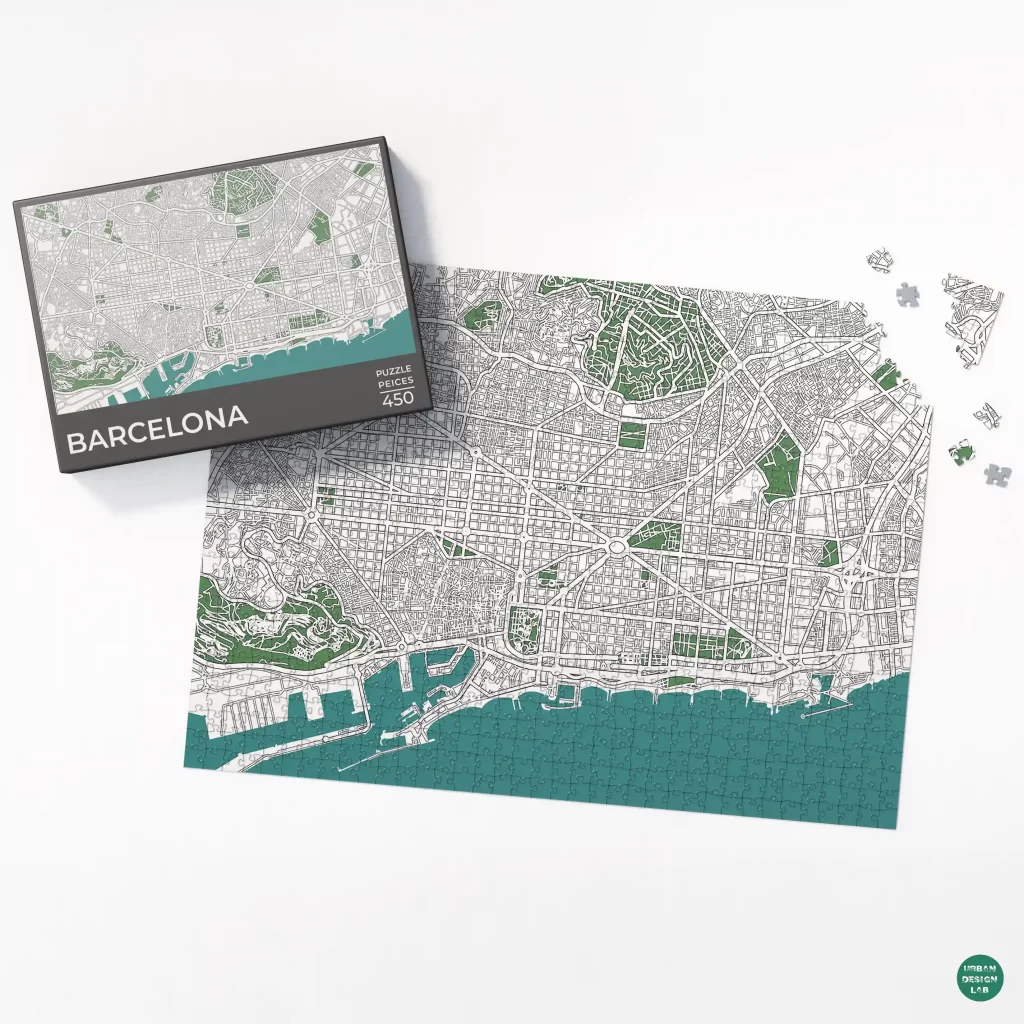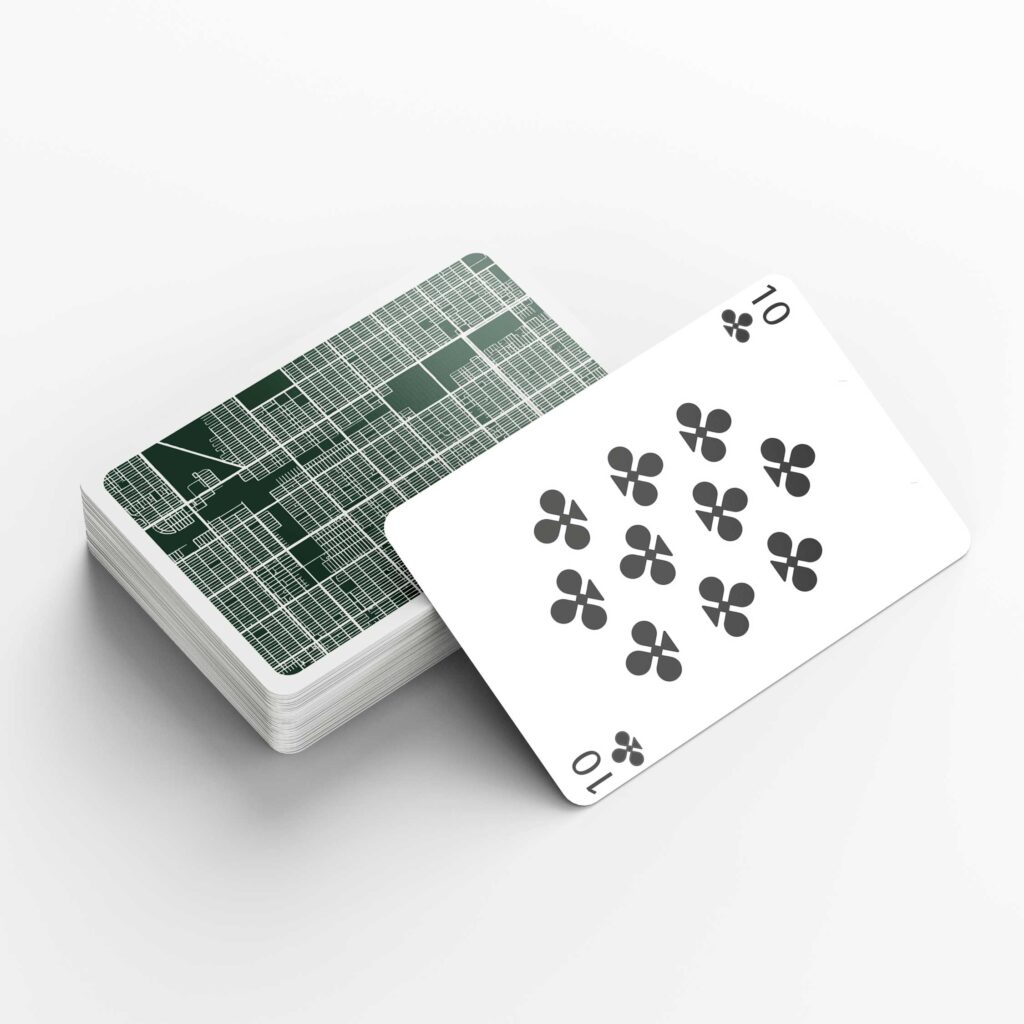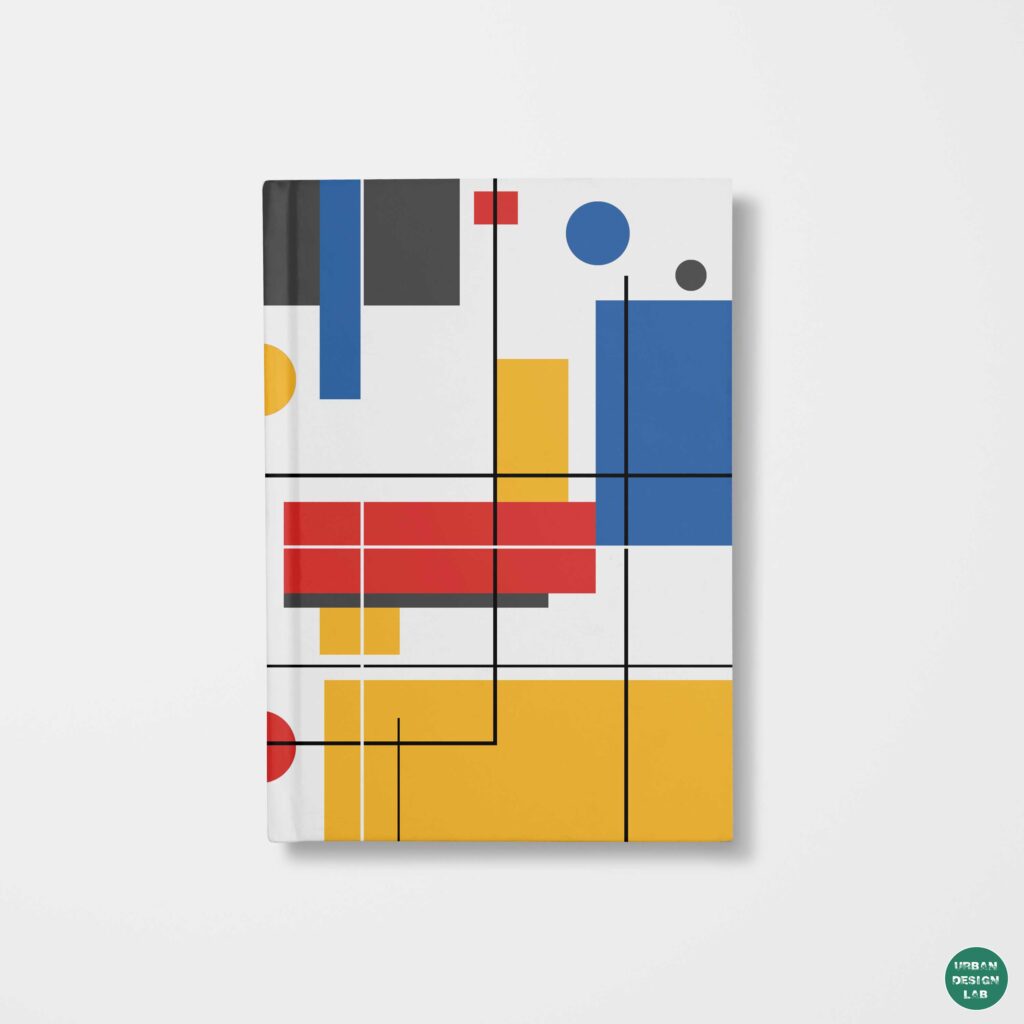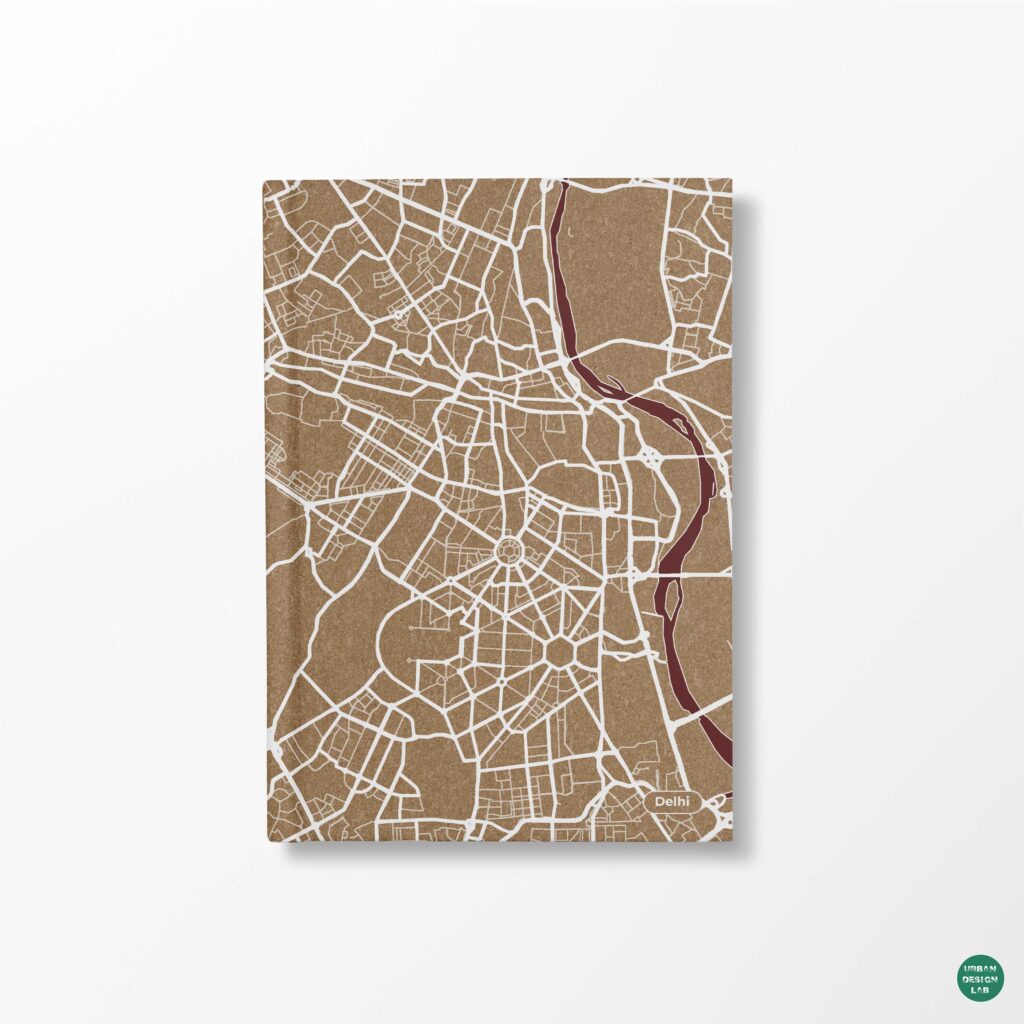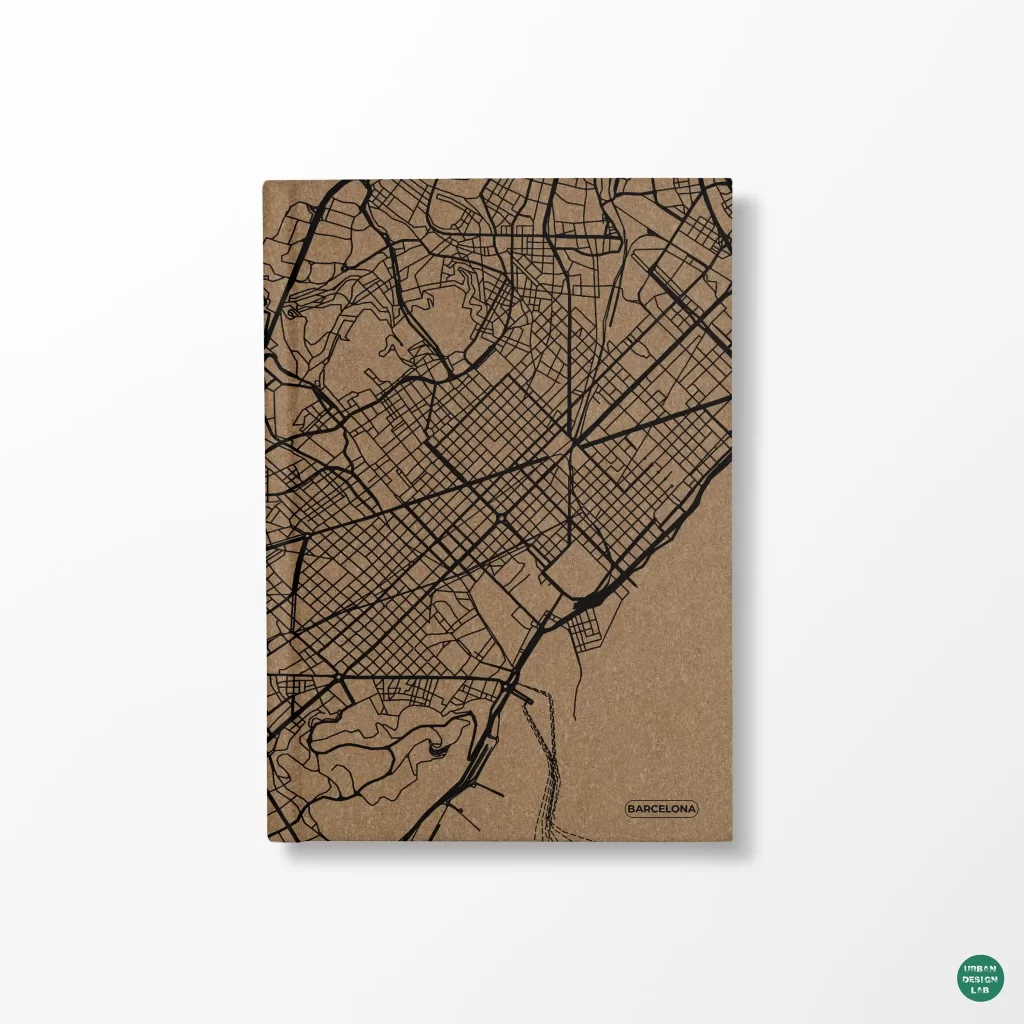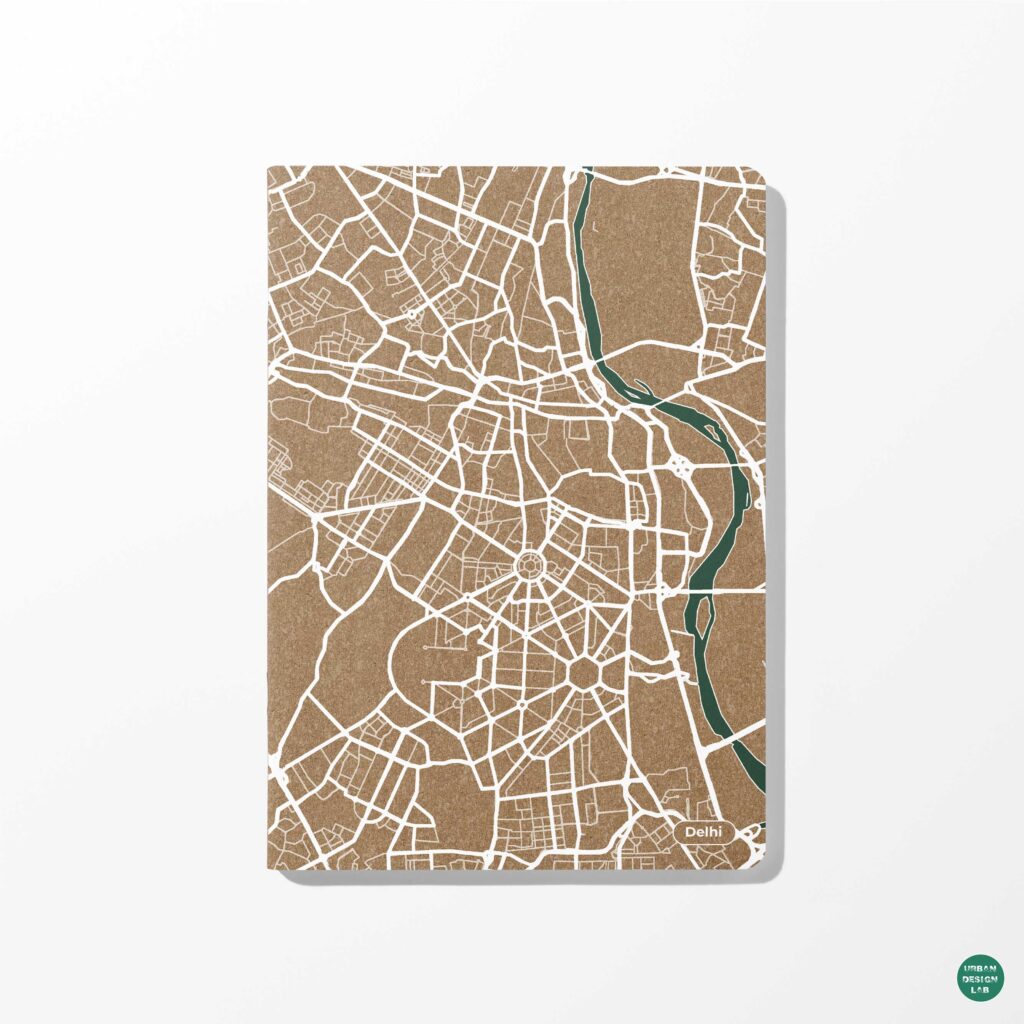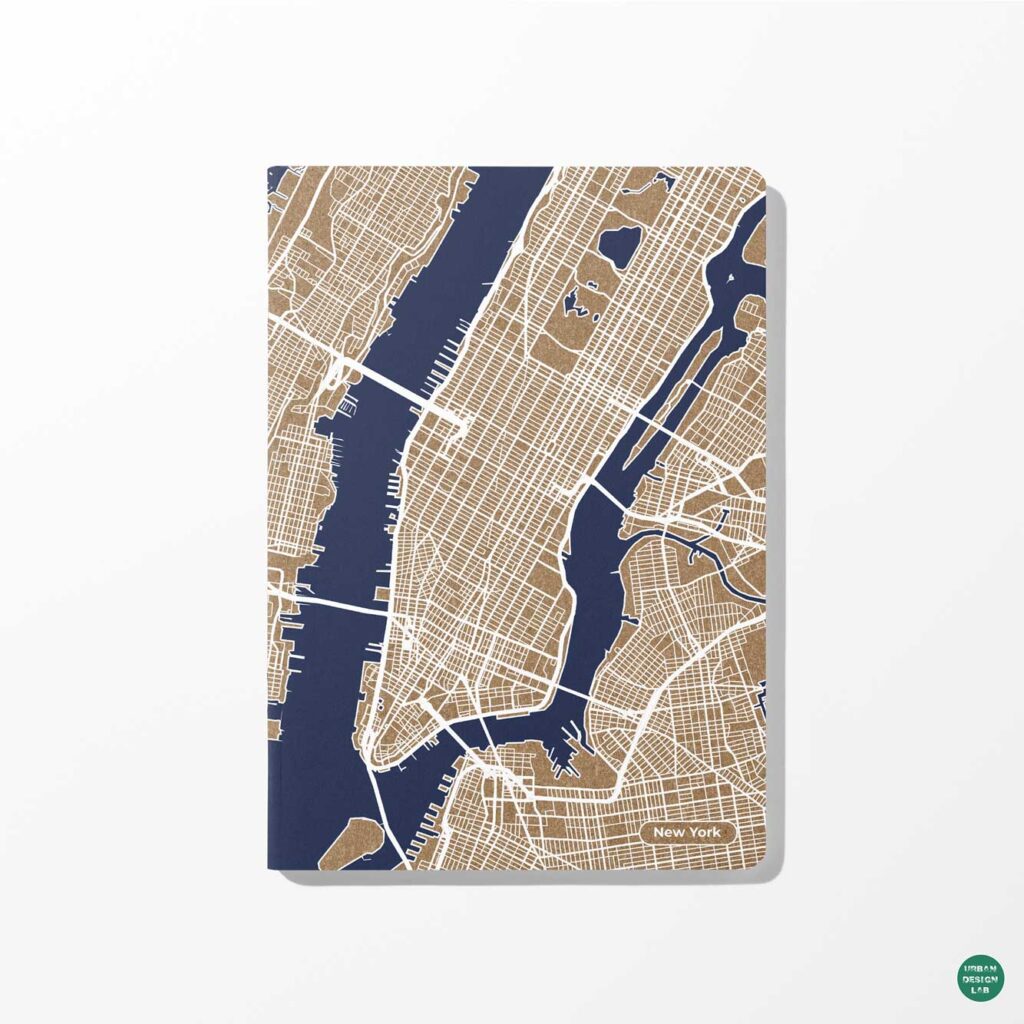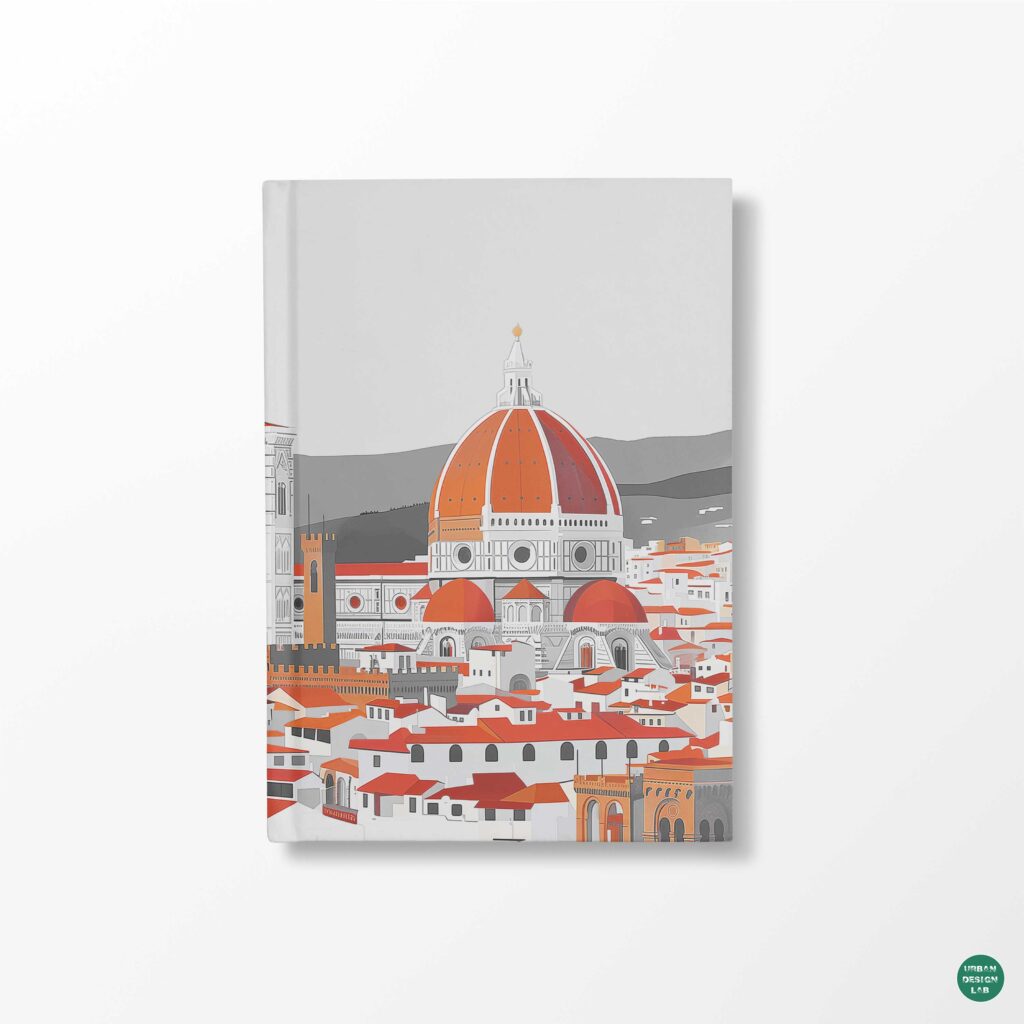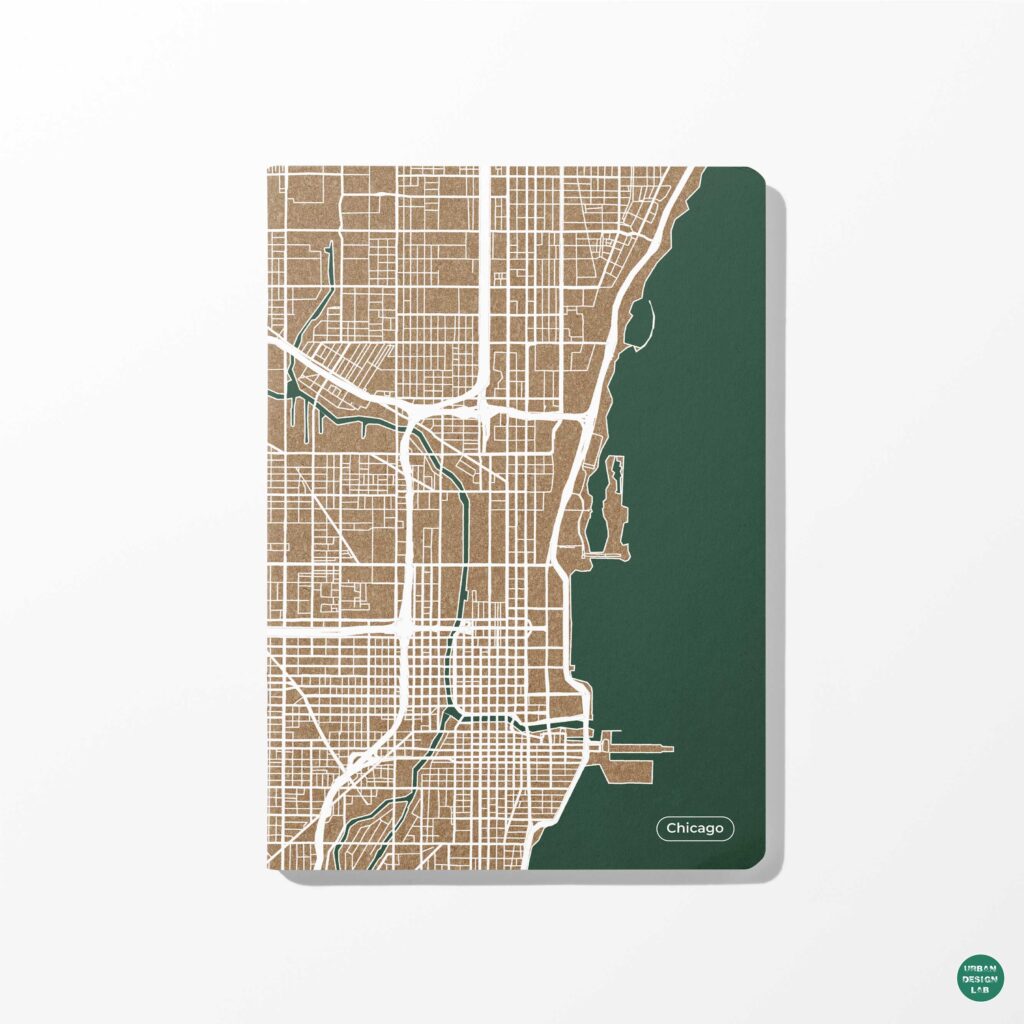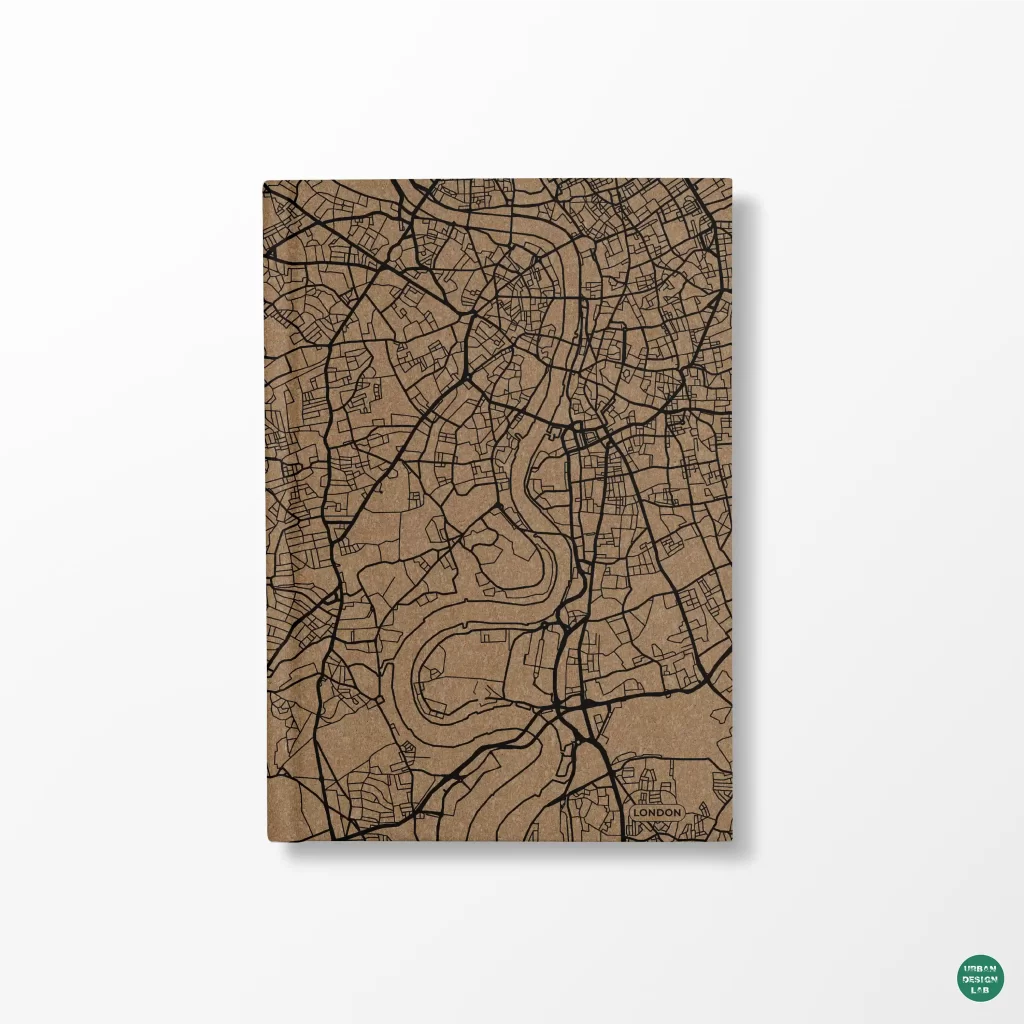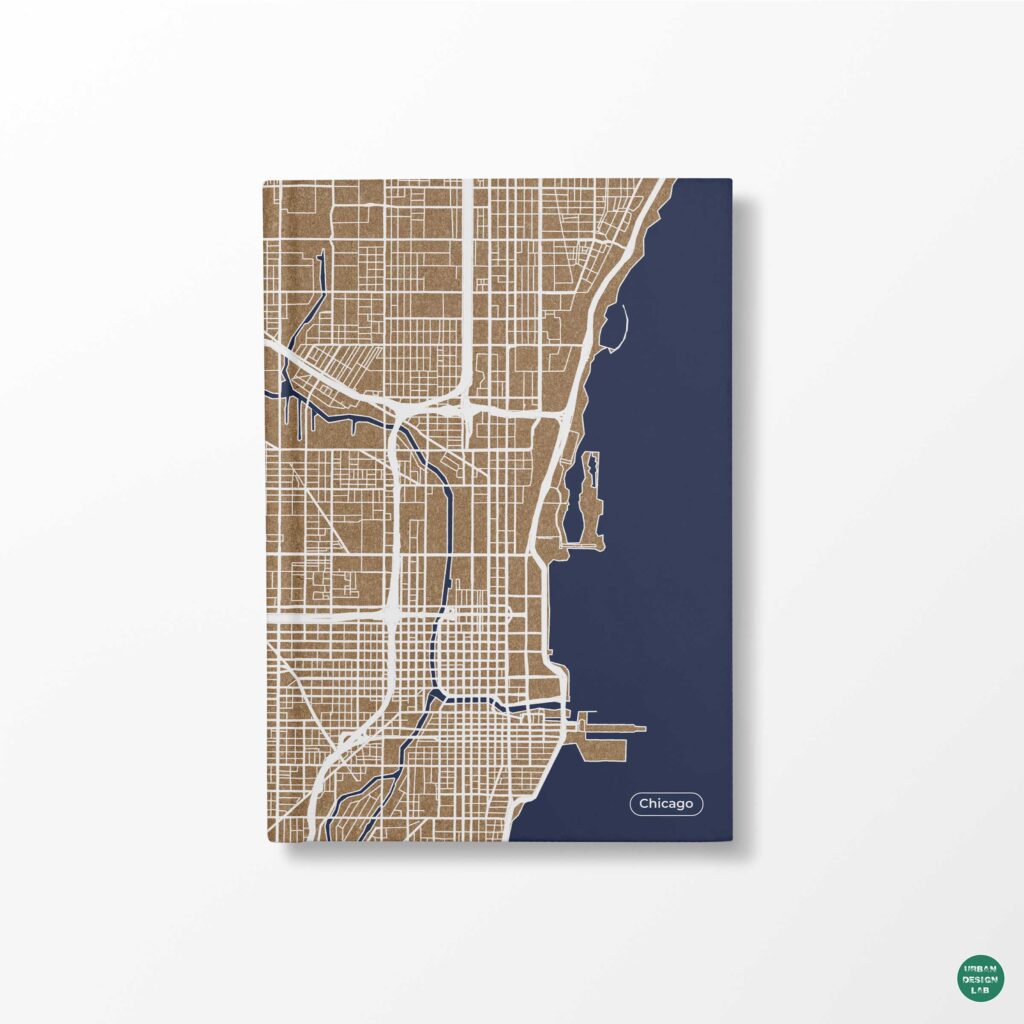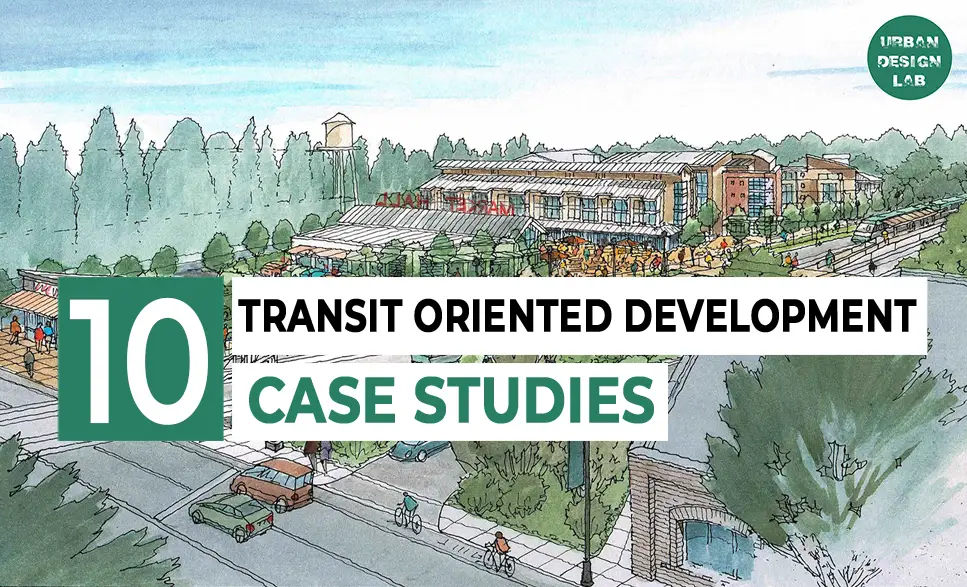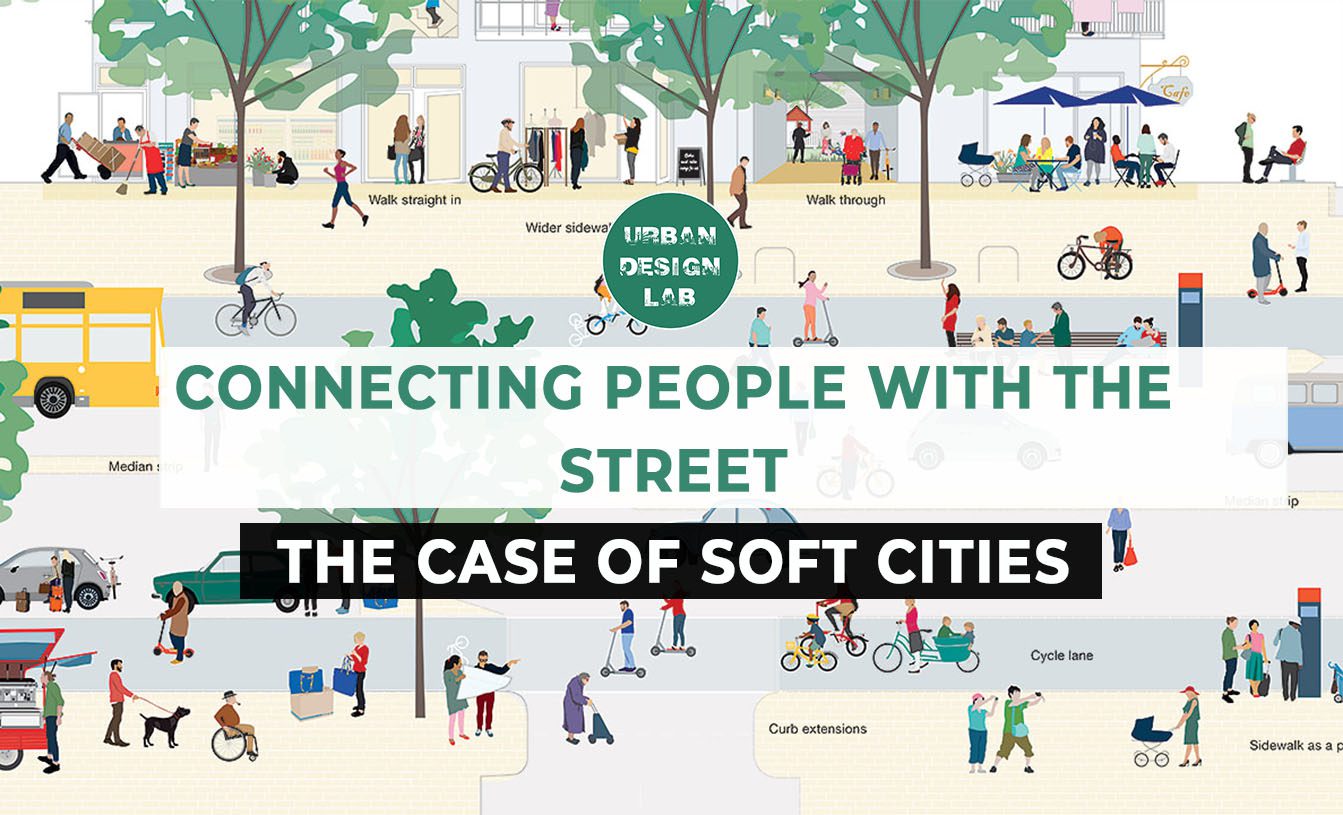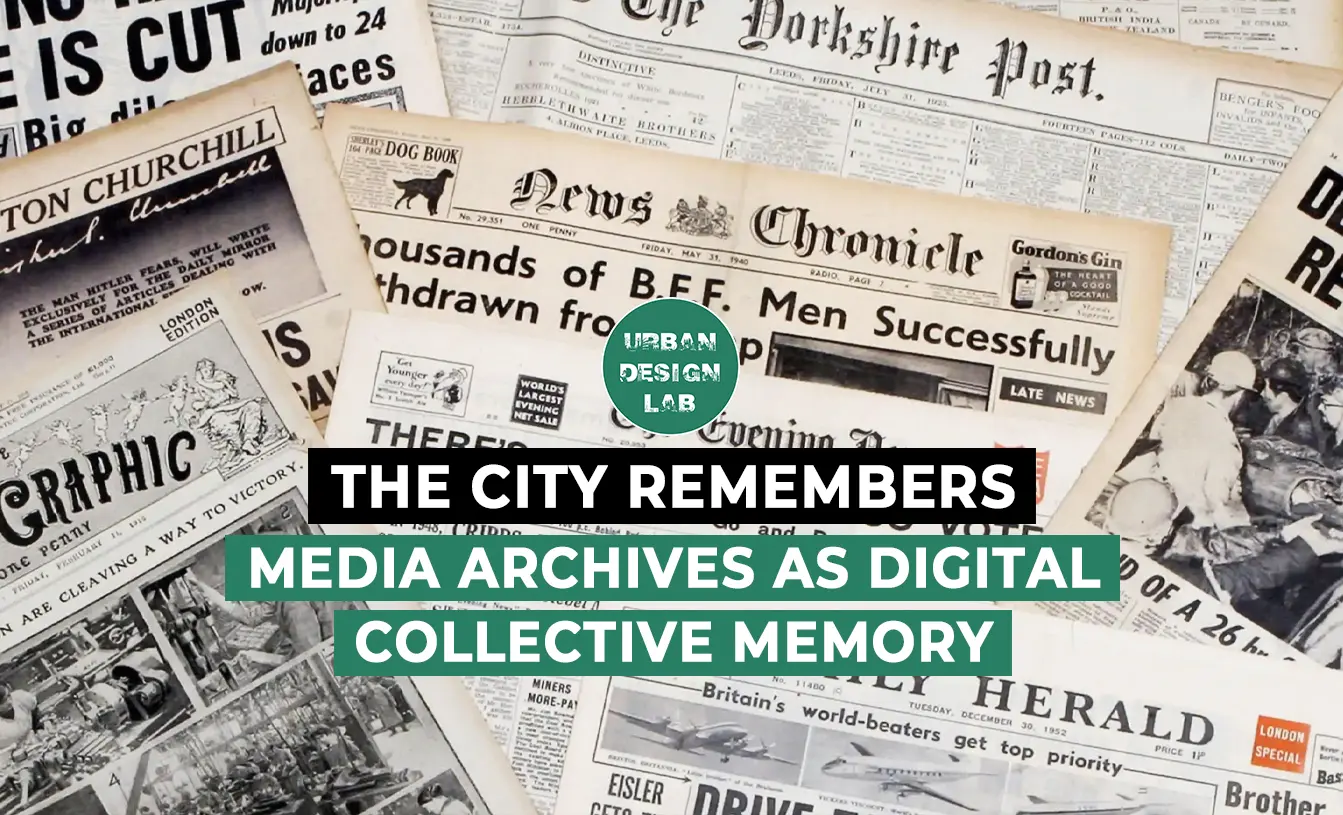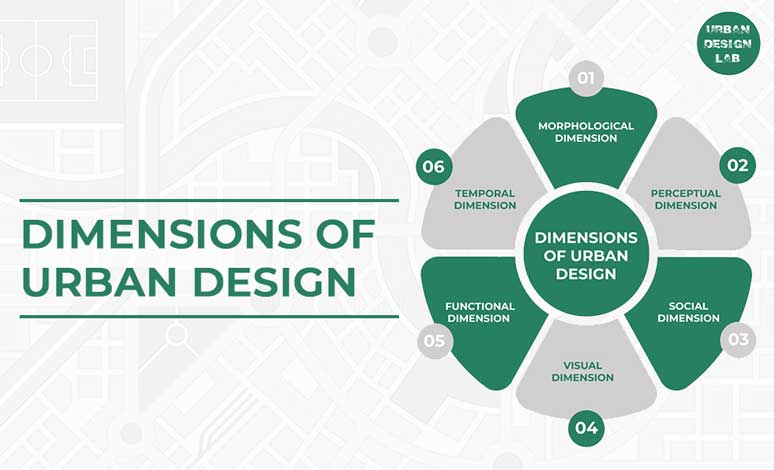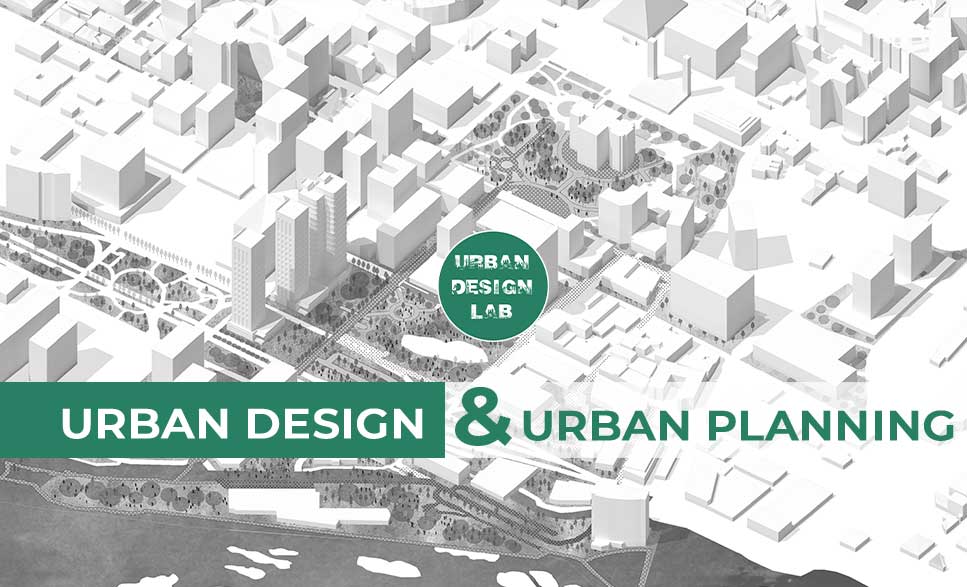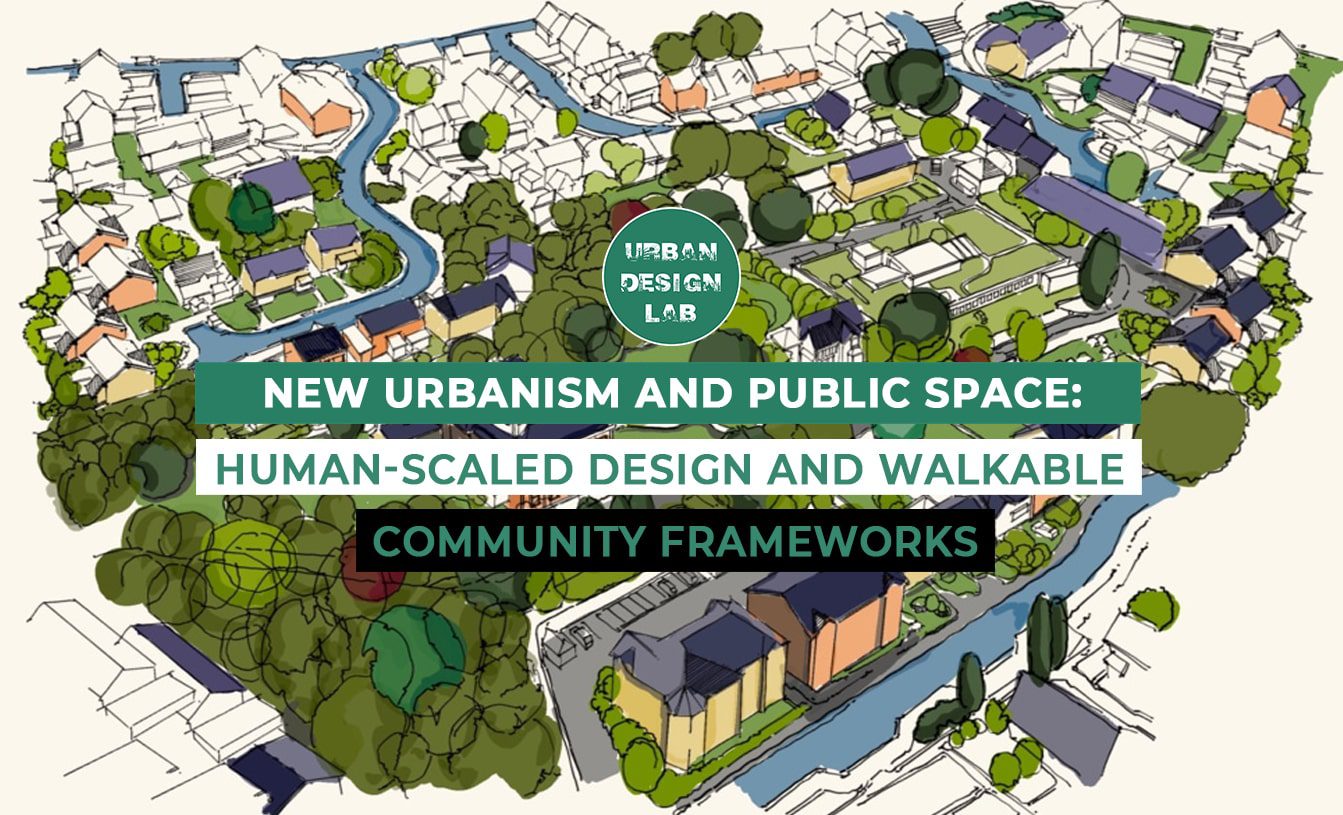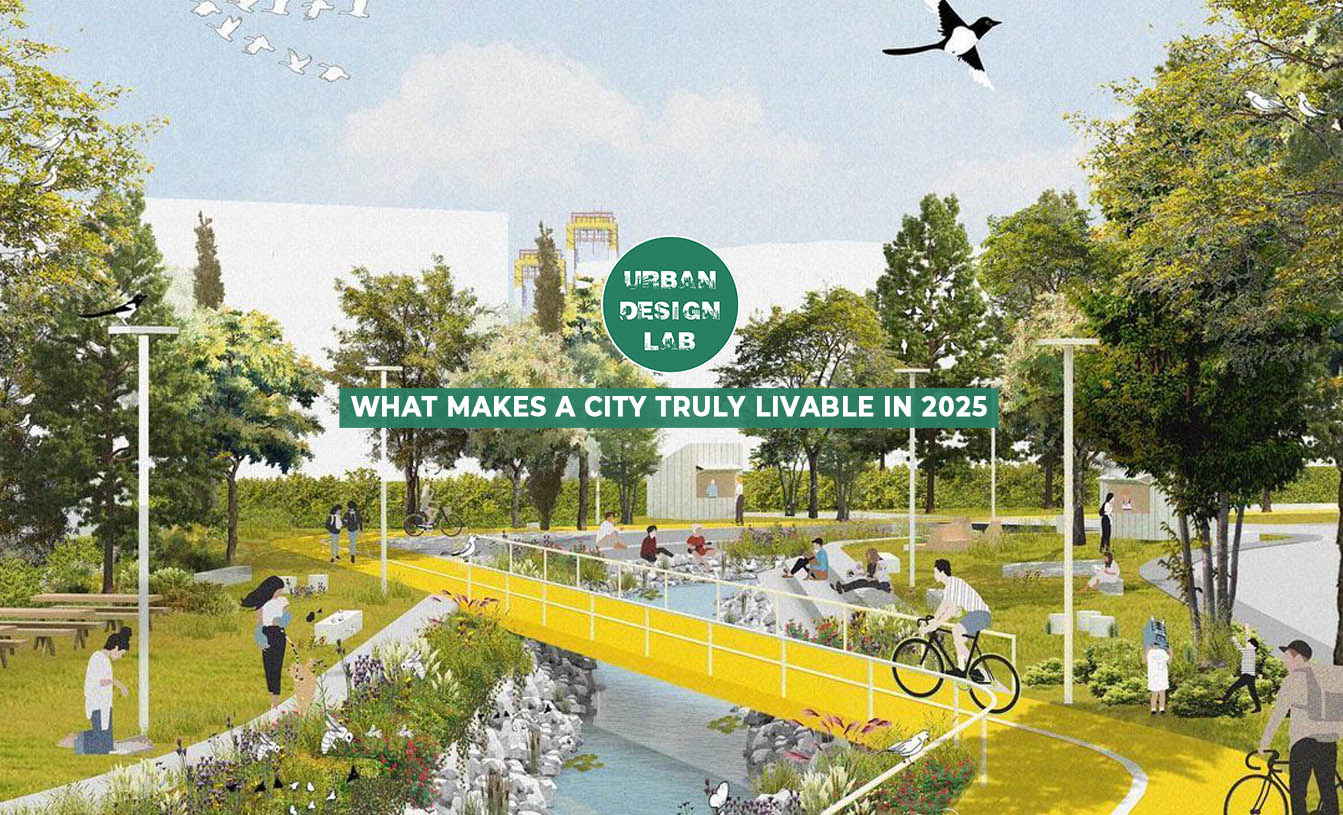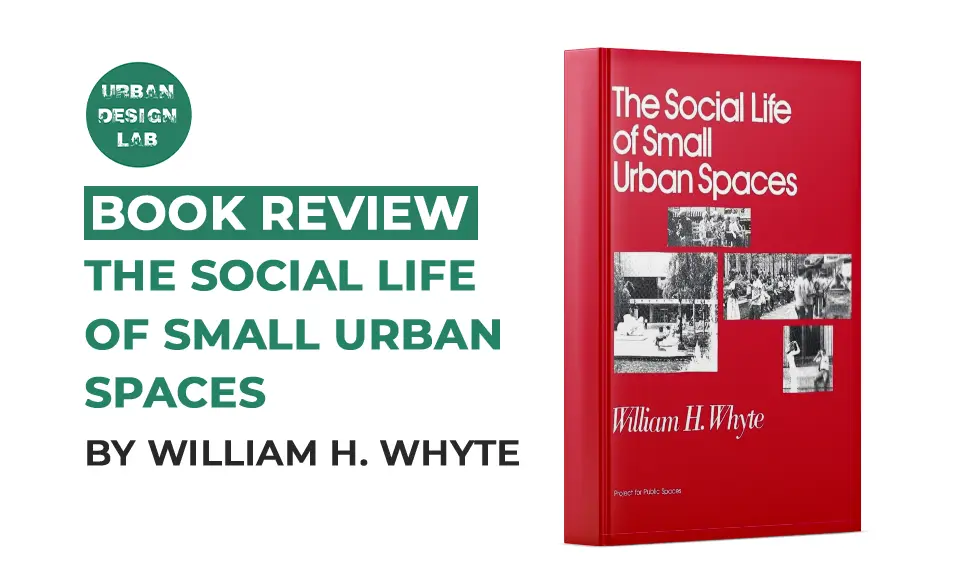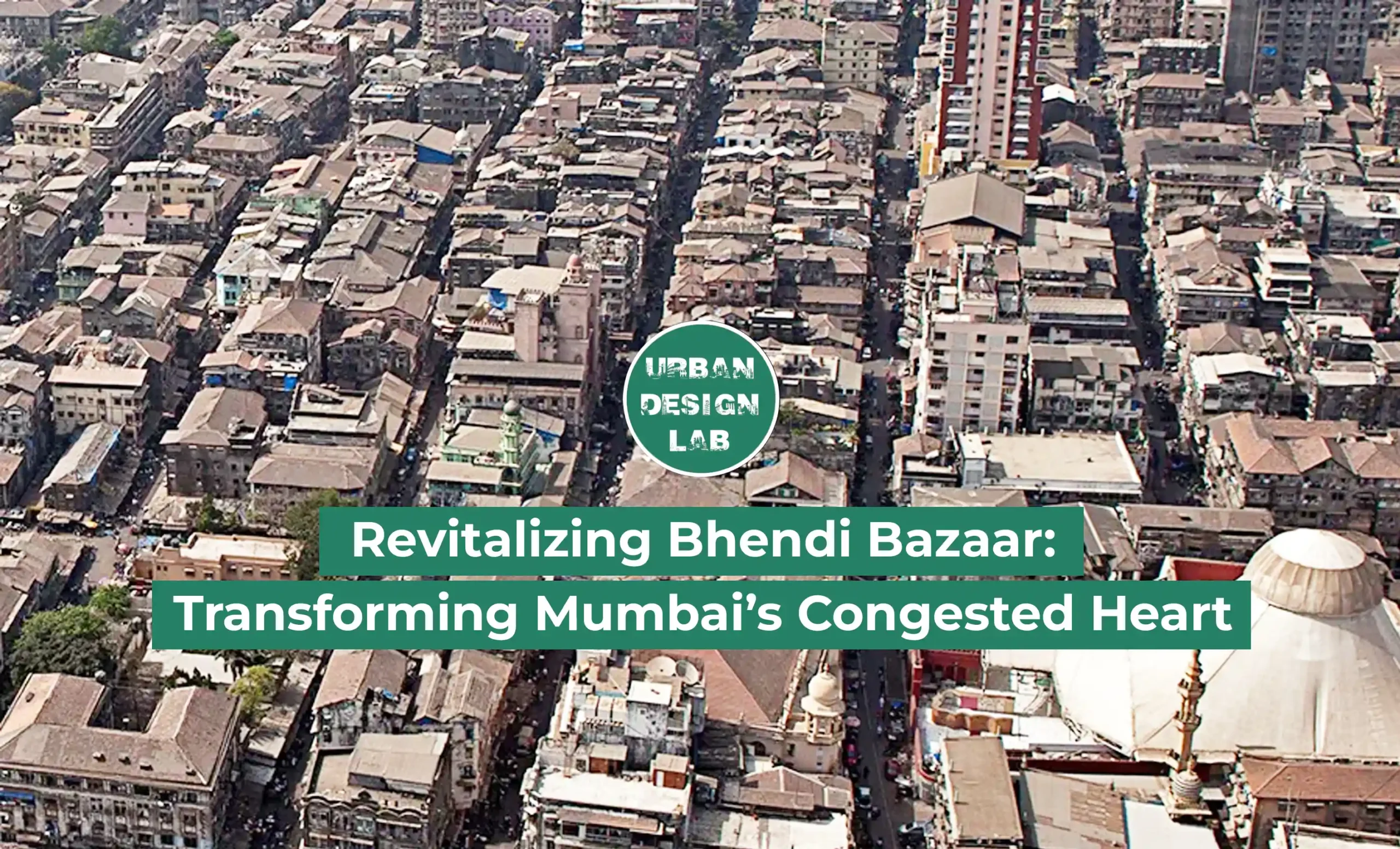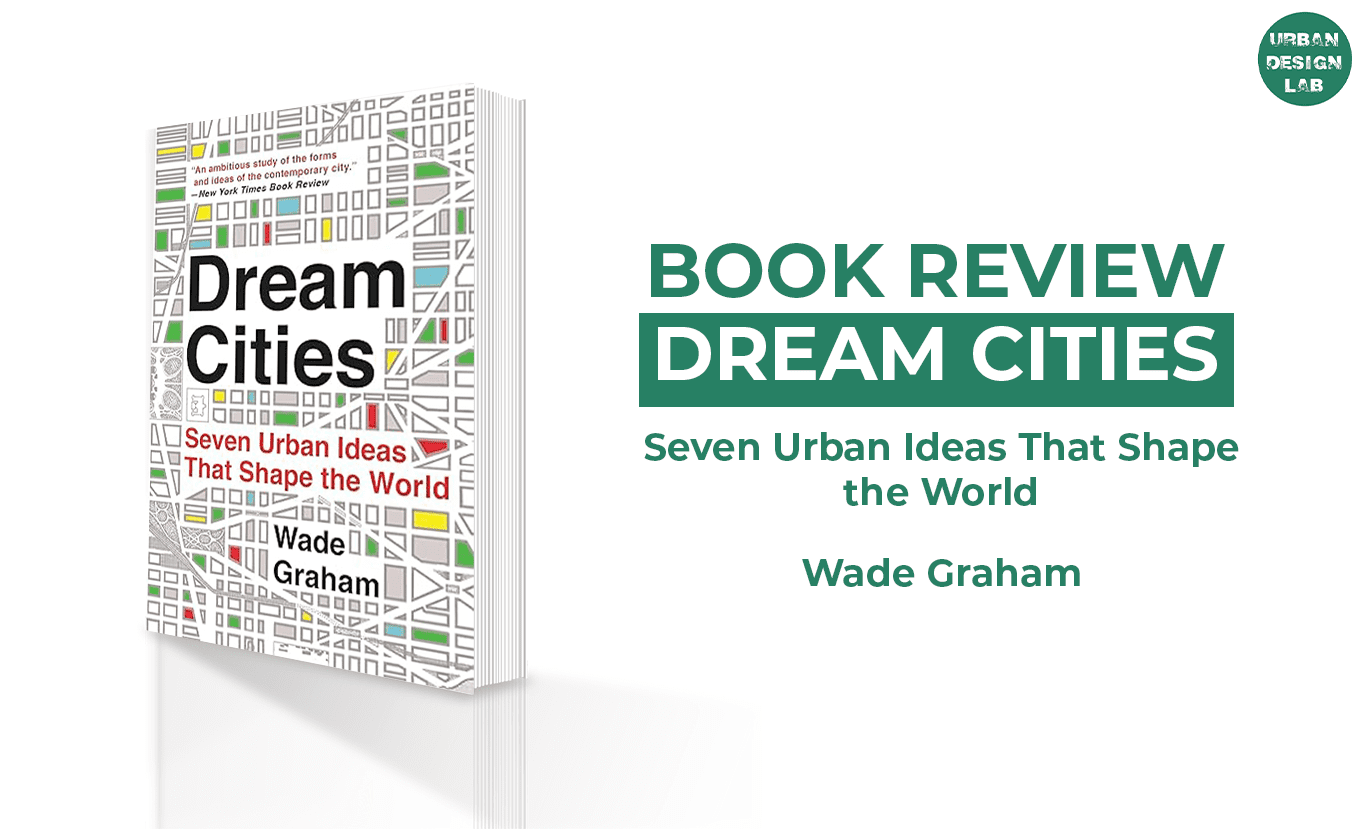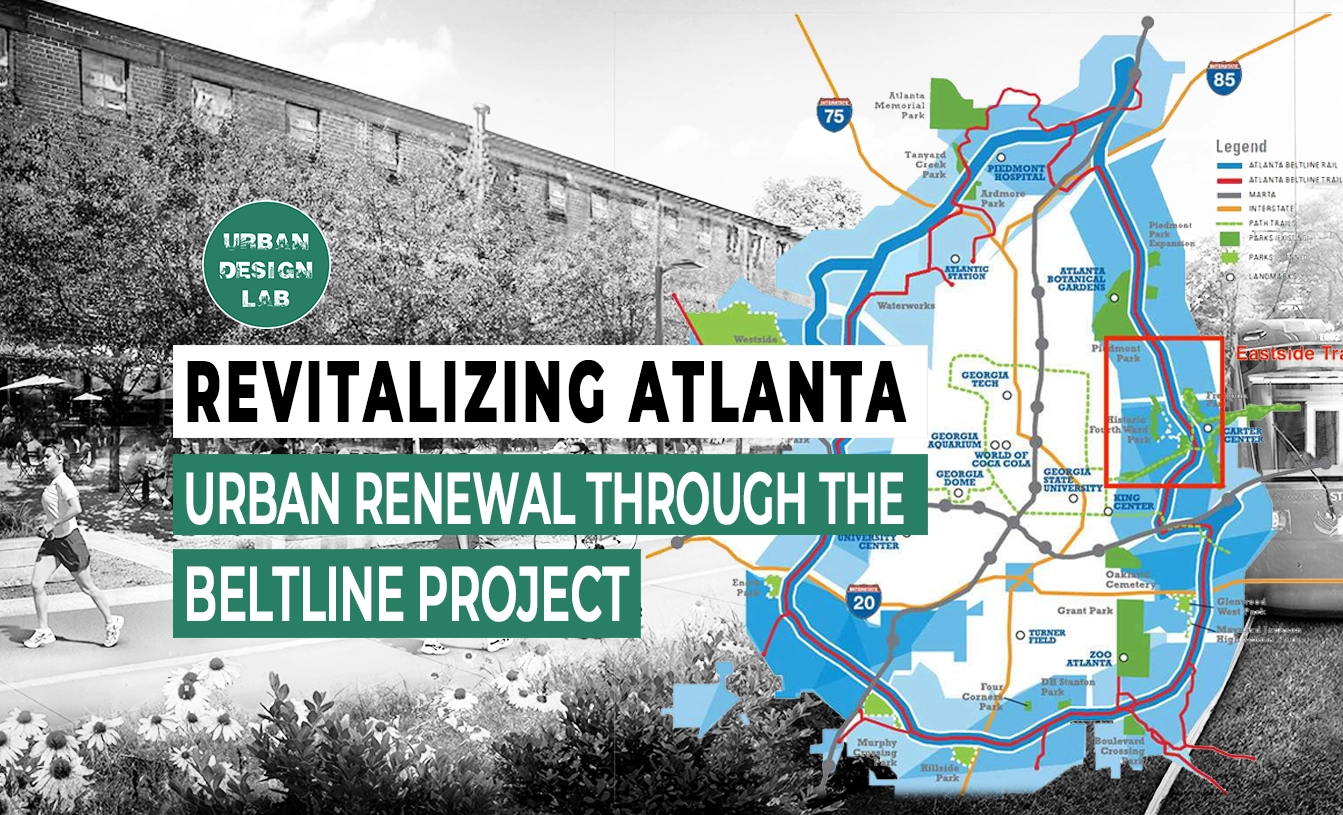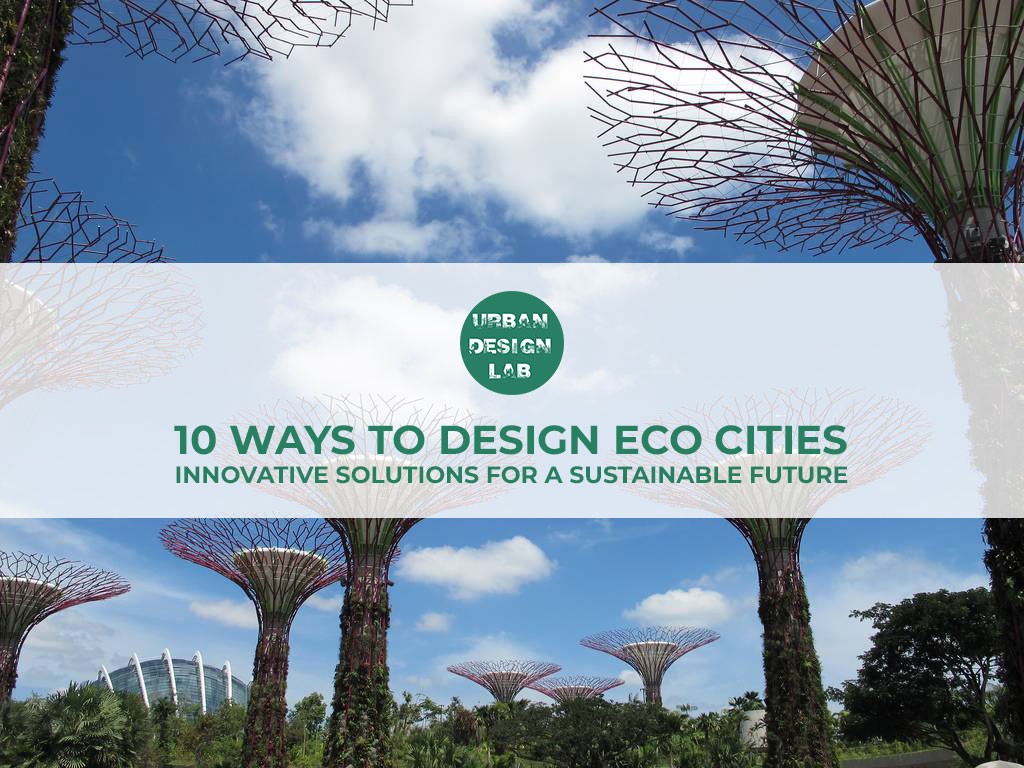
Tactical Urbanism: Turning Streets into Social Spaces
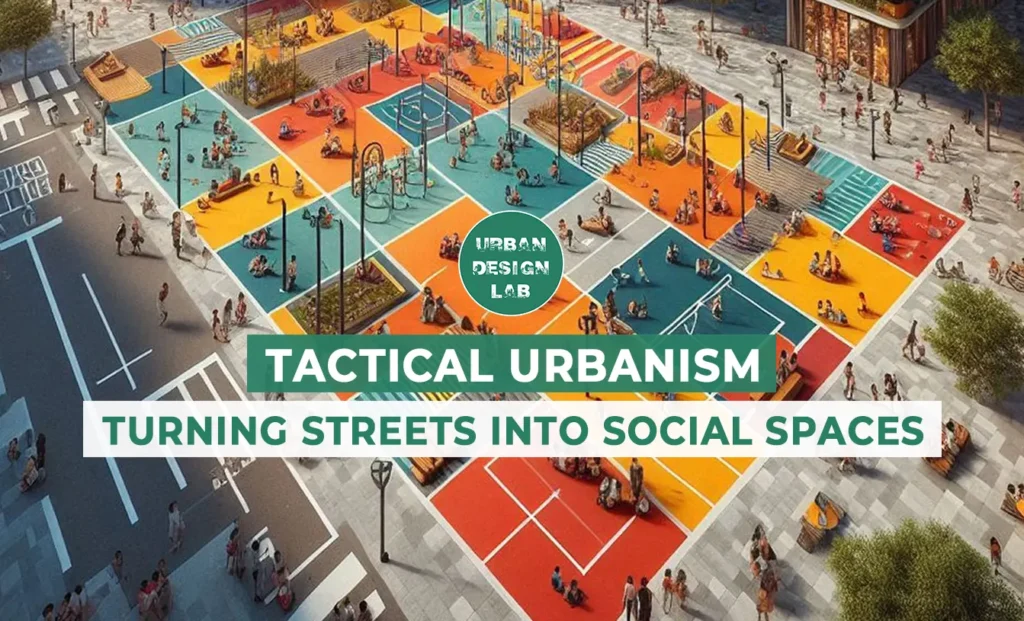
Tactical urbanism empowers communities through low‑cost, temporary interventions, such as parklets, painted crosswalks, pop‑up plazas, and open‑street events, to transform conventional streets into vibrant social spaces. Rooted in the concept of ‘lighter, quicker, cheaper’ placemaking, this approach enables cities to prototype pedestrian-friendly ideas and measure public response before implementing costly, permanent changes. Landmark examples include New York City’s Times Square pedestrianization and Bogotá’s weekly Ciclovía, both of which harness short-term trials to build momentum for long-term policy shifts. Complementary initiatives, San Francisco’s parklet program, global Park(ing) Day events, Milan’s Piazze Aperte, and community-led pop-up festivals, demonstrate how tactical activations foster social interaction, support local businesses, improve safety, and strengthen civic engagement. By serving as living labs, these interventions generate valuable real-world data and public support, easing transitions to enduring public realm redesigns. As cities worldwide embrace tactical urbanism, from pilot projects by grassroots volunteers to municipal programs, the movement highlights a paradigm shift: design experimentation by and with citizens reshapes urban environments in responsive, equitable, and flexible ways.
Defining Tactical Urbanism
Tactical urbanism refers to fast, low-cost, community-driven interventions that make streets more people-friendly. Sometimes called ‘lighter, quicker, cheaper’ placemaking or DIY urbanism, it was popularized by Mike Lydon and Anthony Garcia to test ideas at human scale before major investments. These short-term projects, from painted crosswalks and pop-up seating to guerrilla bike lanes, allow citizens and officials to experiment with reclaiming car space for public life. In practice, tactical urbanism supports ‘incremental improvement’ and involves anyone from planners to local groups in redesigning streets as social spaces. By trying out plazas or parklets temporarily, cities can gauge public response and refine designs for more permanent, community-backed change.
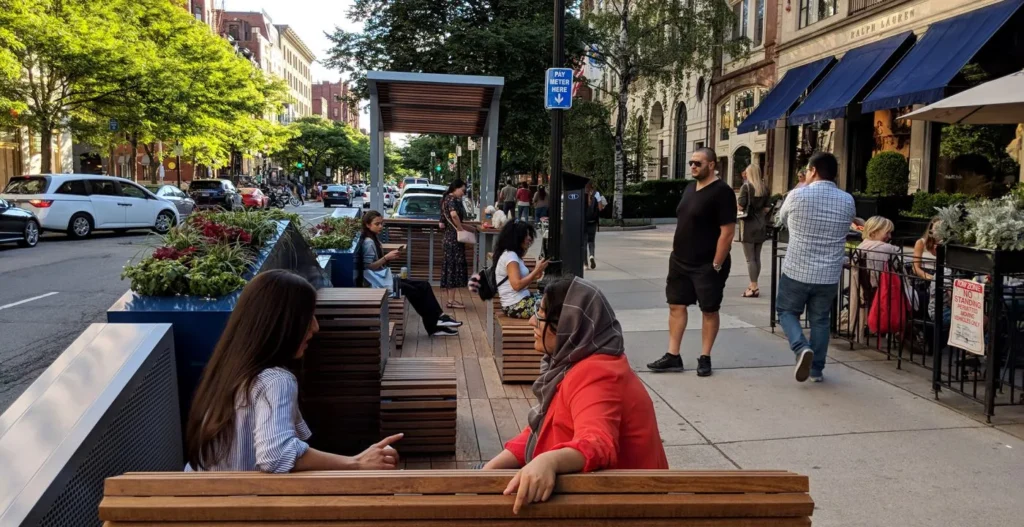
Citizen-Led Street Interventions
Grassroots initiatives are the heart of tactical urbanism. Neighbourhood groups often convert on-street parking or vacant lots into mini-parks during events like Park(ing) Day, where volunteers plant gardens and seatings in parking spots. For example, annual Park(ing) Day installations ‘turn parking spaces into parks’. Other DIY tactics include guerrilla crosswalk art (e.g., rainbow-painted crosswalks for Pride parades) and temporary sidewalk cafes. Such actions show that even modest changes, scattering benches, planters, or artwork, can activate streets and spark community engagement. These citizen projects exemplify tactical urbanism’s ethos: fast, fun interventions giving people ‘a new perspective to experience their city’.
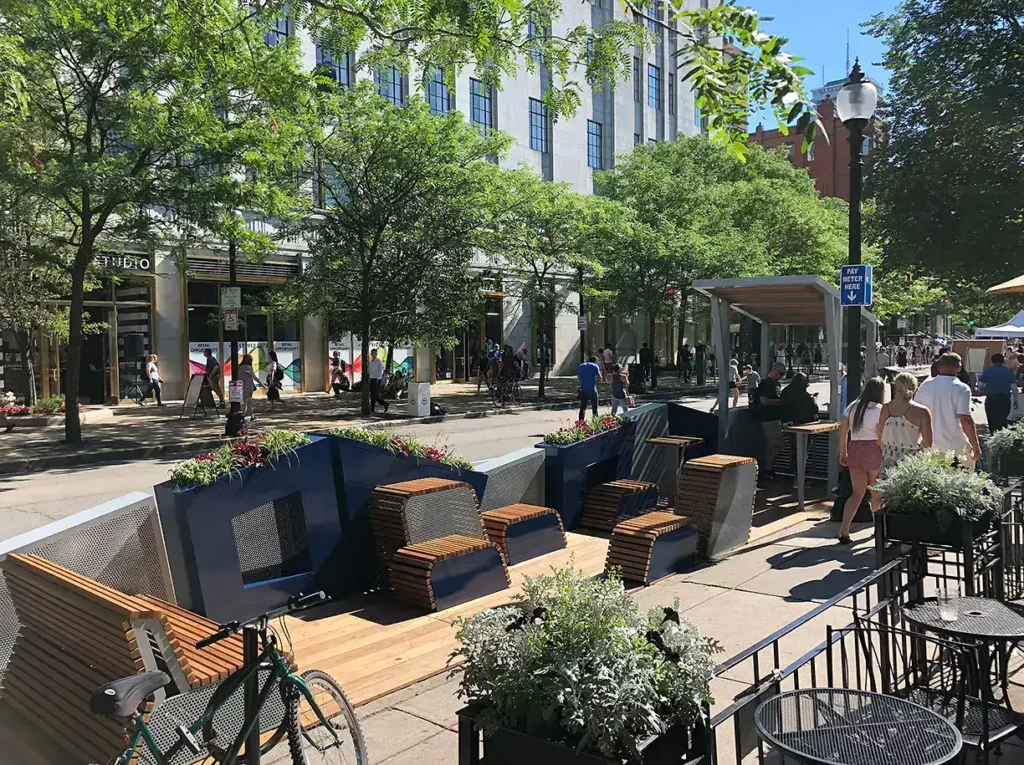
Source: Website Link
Case Study: Times Square, New York City
New York City offers a landmark example of tactical urbanism shaping lasting change. In the late 2000s, the NYC Department of Transportation launched ‘Green Light for Midtown’, temporarily converting Broadway near Times Square into pedestrian plazas with lawn chairs and planters. These quick experiments drew huge crowds and proved popular. Planners used pop-up setups to refine designs, and by 2010 they had created permanent pedestrian plazas at Times Square. The low-cost, community-driven strategy transformed the notoriously congested intersection into a vibrant public space for people. This ‘test-to-permanent’ approach shows how temporary street closures and seating can catalyse larger projects: what started as a pilot with foldable chairs ultimately became a world-famous car-free civic square.
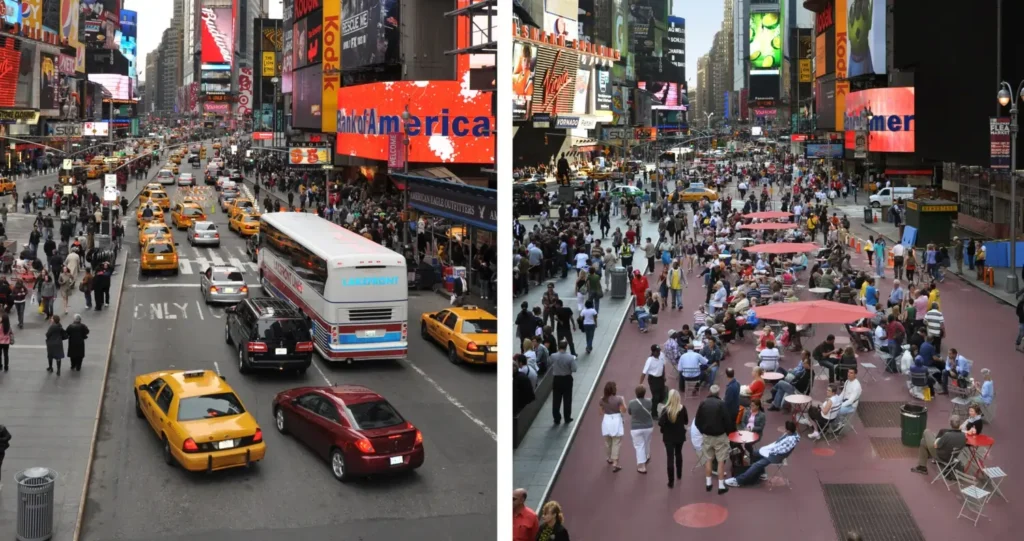
Open Streets & Ciclovías
The open streets concept (temporarily closing streets to cars) has spread globally, echoing Bogotá’s famous Ciclovía. Every Sunday in Bogotá, the city shuts miles of road to automobiles so residents can bike, jog, and socialize. This weekly Ciclovía is described as ‘a gigantic paved park…open 7 hours a week‘. Cities worldwide have followed suit: New York’s ‘Summer Streets’ and Los Angeles’s CicLAvia turn arterial roads into giant street fairs. Research notes that Ciclovía-type events ‘facilitate social interaction and activity between people of all ages, incomes…in public space‘. By reclaiming streets for people (with pop-up gyms, markets, performances), open-street programs temporarily expand the public realm. These events use tactical urbanism to gather data and community support: a measured success can influence permanent changes like wider sidewalks or bike lanes.
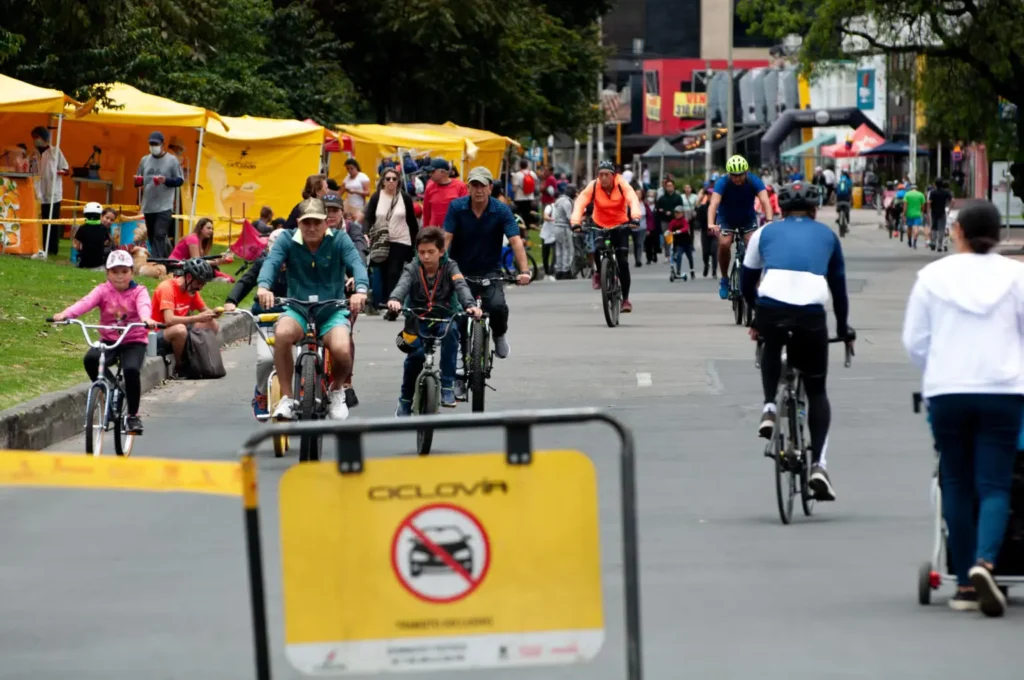
Parklets and Pavement-to-Plazas
Cities have formalized tactical ideas into programs like parklets and pavement-to-plaza initiatives. In San Francisco, residents can apply to convert a curbside parking stall into a ‘parklet’, a mini park or seating area, to enrich pedestrian life. Similarly, New York’s Pavement-to-Plazas program created permanent plazas on wide sidewalks by adding planters and benches. These projects were inspired by the open participation of Park(ing) Day and follow the same principle: make streets smaller and streetscapes friendlier. The National Association of Realtors notes these efforts ‘have been replicated in dozens of cities’, turning a parking spot into a place. Even simple parklets can boost foot traffic and business: one SF study found local retailers on parklet blocks saw revenue increases. By easing approval and providing grants, cities have embraced tactical tactics to densify community spaces along streets cheaply and quickly.
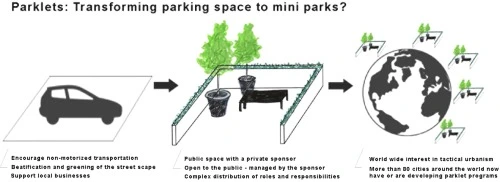
Street Festivals and Community Potlucks
Pop-up festivals and block parties also animate streets via tactical means. In Chile, for example, Malón Urbano began as a neighbourly potluck on a closed-off street. Today it’s a national civic event demonstrating how shared meals can reclaim road space for conversation. Other creative projects include youth-led neighborhood refurbishments (children building sidewalk furniture) and Seeds for Change in India, which replaced 4 car parking spots with parking for 40 bicycles. These examples show tactical urbanism nurturing social life: cooking on curbside grills, street chalk art, or impromptu concerts bring people outdoors. Such events rely on minimal infrastructure but have outsized social impact, underscoring that empowering communities to redesign their streets leads to stronger, more connected neighborhoods.
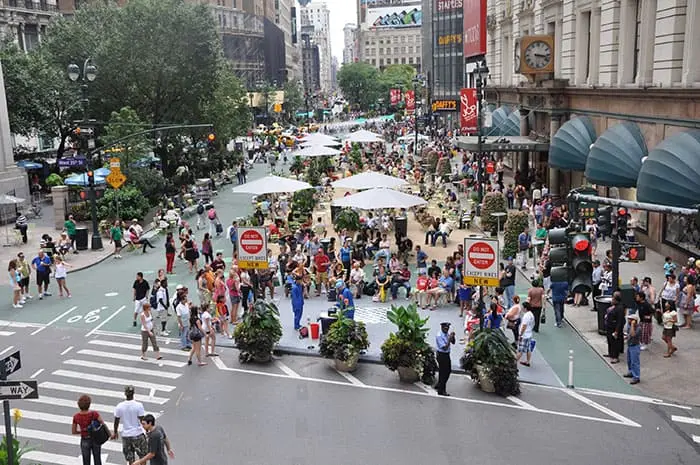
Milan’s Piazze Aperte (Open Squares)
Several cities have adopted tactical urbanism at scale. Milan’s ‘Piazze Aperte program is a flagship example: starting in 2018 the city solicited dozens of citizen proposals to transform asphalt squares into public plazas. Using only paint, modular furniture and planters on a trial basis, officials tested 38 locations. This low-cost, quick methodology is cited as ‘based on short-term, low-cost measures aimed at creating new public spaces and safer streets‘. By engaging residents directly, Milan was able to convert many pop-up plazas into permanent pedestrian zones. Today, nearly half of Milan’s population lives within a 15-minute walk of one of these piazze aperte. The success shows that tactical pilots can inform lasting design: quick ‘before-and-after’ demonstrations allowed planners and communities to refine designs, aligning long-term policy with grassroots vision.
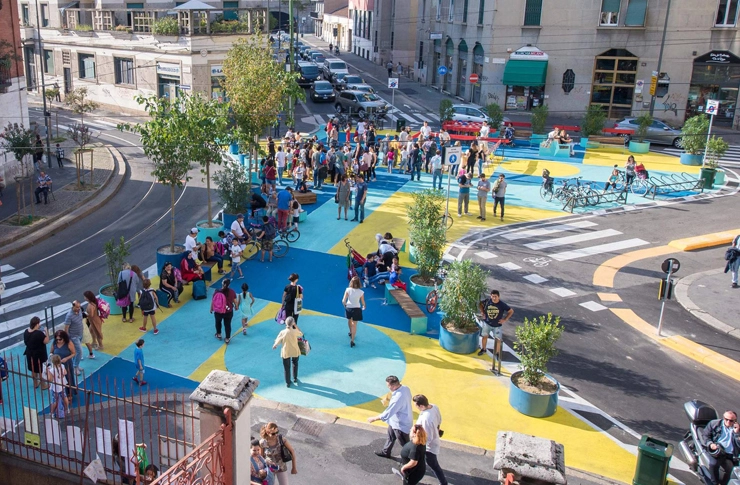
Expanding Impact through Park(ing) Day and Beyond
Tactical urbanism continues to influence policy worldwide. Annual events like Park(ing) Day have spread to hundreds of cities, highlighting demand for on-street greenery and seating. Many municipalities now maintain permanent mini-parks where grassroots pop-ups succeeded. Research suggests even short-lived tactical projects increase public support for pedestrianization and cycling. For instance, Delhi planners studied Gurgaon’s Seeds for Change, noting how it turned parked cars into a community asset. By showcasing how reclaimed car space becomes social space, tactical interventions help shift planning priorities. In sum, the documented projects above demonstrate that rapid, community-driven street activations provide invaluable feedback, serving as living laboratories that make streets safer, more playful, and socially rich.
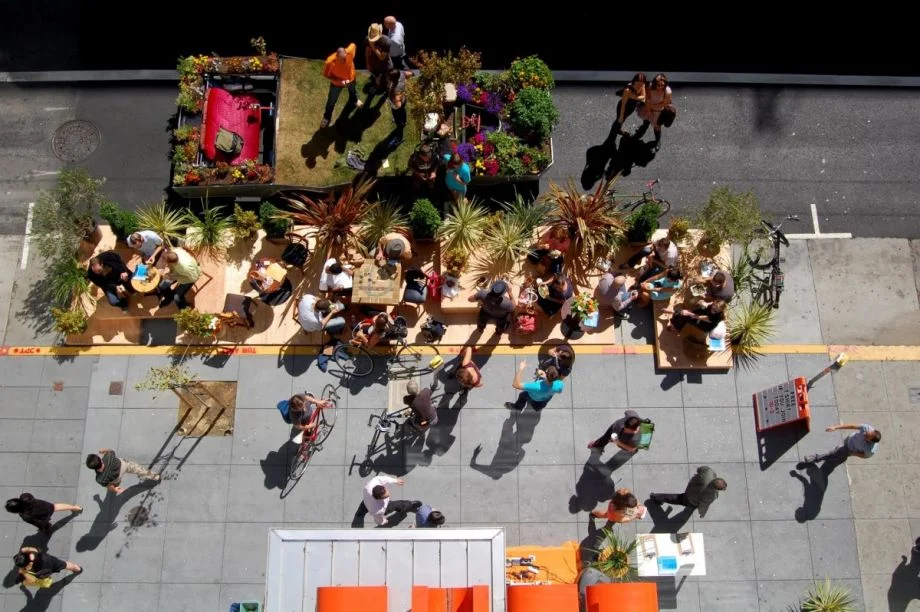
-1
-1
Conclusion
Tactical urbanism has proven to be a powerful approach for urban designers and city officials. Across continents, quick interventions have opened sidewalks and streets for people instead of cars, building support for larger, permanent changes. By starting small, from bollards and paint to pop-up parklets and plazas, communities can test ideas, gather real-world data, and foster a sense of ownership. The case studies above show that when planners listen to residents and experiment creatively, city streets can swiftly transform into inviting social spaces. Moving forward, tactical urbanism will likely remain a vital tool in the urban design toolkit, bridging the gap between citizens’ aspirations and the long process of policy and infrastructure change.
References
- Global Designing Cities Initiative. (2022, May 24). Piazze Aperte: How Milan Gave its Piazze Back to the People. GDCI. Retrieved from https://globaldesigningcities.org/update/piazze_aperte_report-en/:contentReference[oaicite:32]{index=32}
- Khawarzad, A. (n.d.). Using Ciclovia to Plan Your Streets. Project for Public Spaces. Retrieved from https://www.pps.org/article/using-ciclovia-to-plan-your-streets:contentReference[oaicite:33]{index=33}:contentReference[oaicite:34]{index=34}
- National Association of Realtors. (n.d.). Try Out Placemaking with a Tactical Urbanism Project. NAR Spaces to Places blog. Retrieved from https://www.nar.realtor/blogs/spaces-to-places/try-out-placemaking-with-a-tactical-urbanism-project:contentReference[oaicite:35]{index=35}:contentReference[oaicite:36]{index=36}
- Polstein, J. (2019, June 24). Lighter, Quicker, Cheaper: A Global Roundup. Project for Public Spaces. Retrieved from https://www.pps.org/article/lighter-quicker-cheaper-a-global-roundup:contentReference[oaicite:37]{index=37}:contentReference[oaicite:38]{index=38}
- Project for Public Spaces. (n.d.). Times Square. Retrieved from https://www.pps.org/projects/times-square:contentReference[oaicite:39]{index=39}

Shivani Patil
About the Author
Shivani Patil is an architecture graduate from India and a postgraduate in Urban Design from the United Kingdom. With a strong academic foundation and a keen interest in sustainable and inclusive urbanism, she explores the intersections of design, planning, and community-driven development. Her work reflects a passion for resilient cities, innovative public spaces, and participatory design strategies. Shivani is particularly drawn to how emerging technologies and ecological approaches can reshape urban futures. Through this internship, she aims to contribute meaningfully to the discourse on equitable and future-ready urban environments.
Related articles

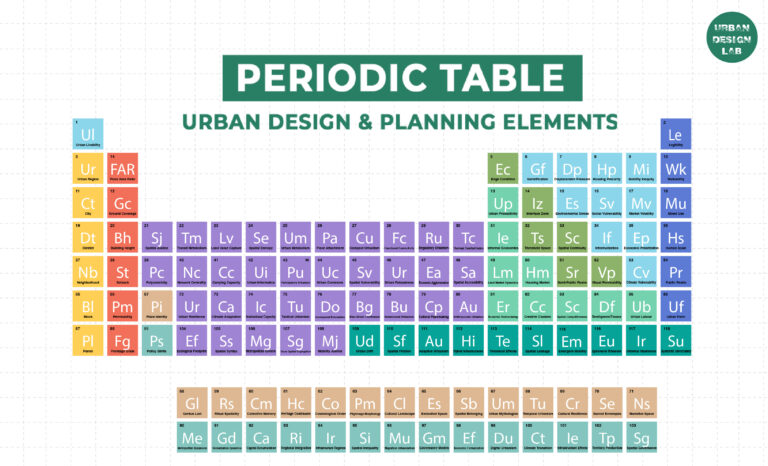
Periodic Table for Urban Design and Planning Elements
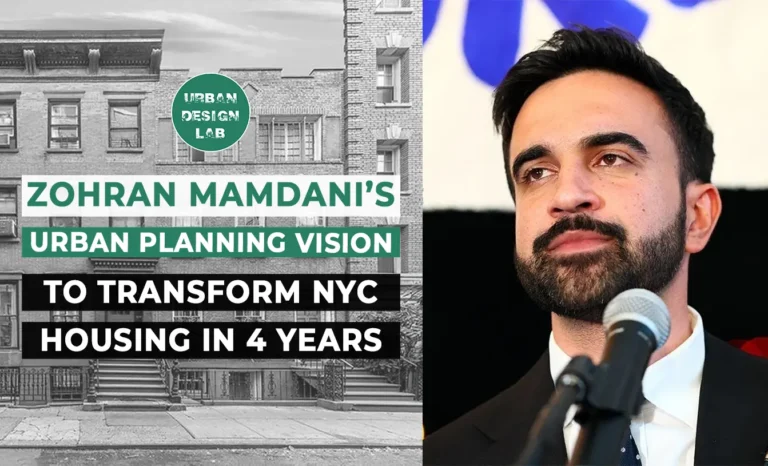
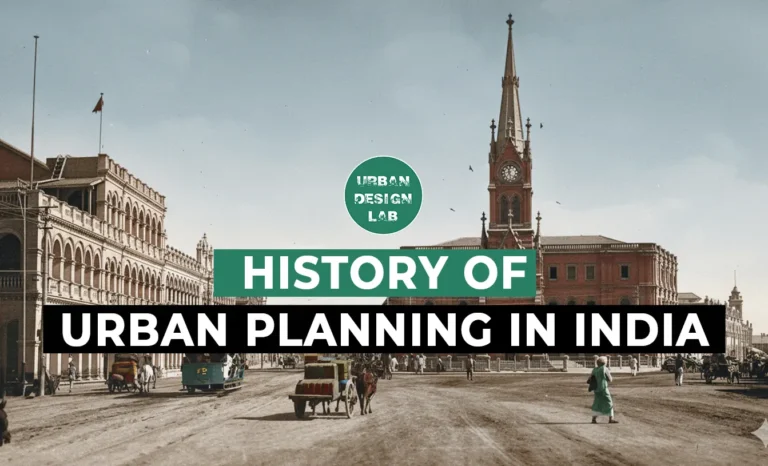
History of Urban Planning in India
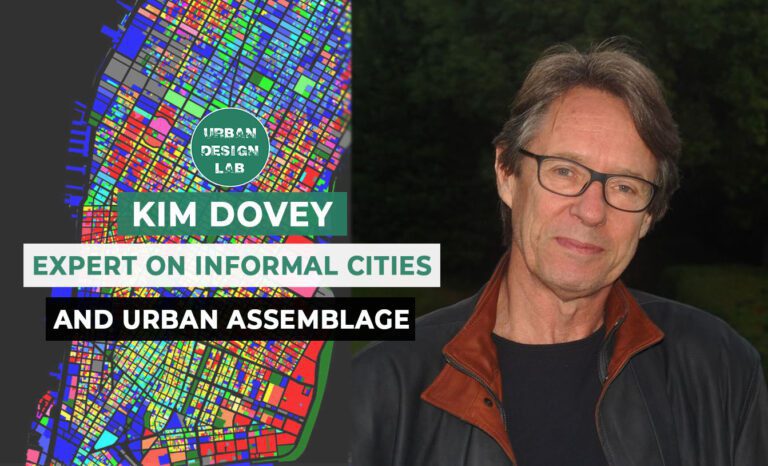
Kim Dovey: Leading Theories on Informal Cities and Urban Assemblage
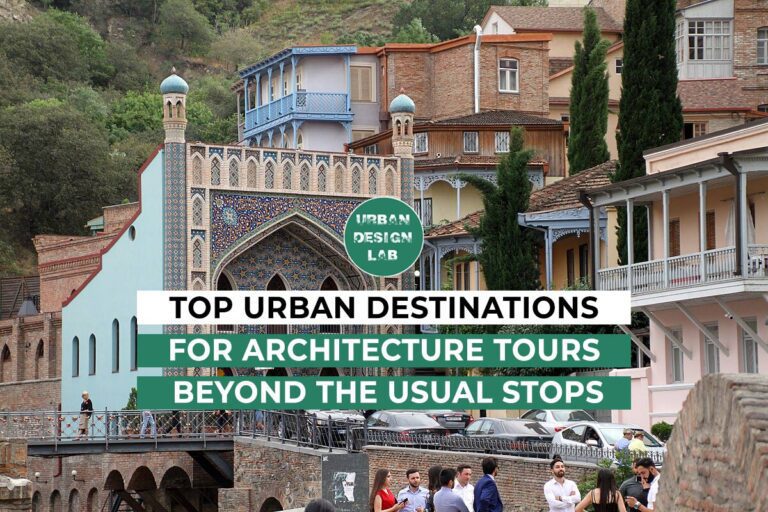
Top Urban Destinations for Architecture Tours Beyond the Usual Stops
UDL GIS
Masterclass
Gis Made Easy- Learn to Map, Analyse and Transform Urban Futures
Session Dates
15th-19th December 2025

Urban Design Lab
Be the part of our Network
Stay updated on workshops, design tools, and calls for collaboration
Curating the best graduate thesis project globally!

Free E-Book
From thesis to Portfolio
A Guide to Convert Academic Work into a Professional Portfolio”
Recent Posts
- Article Posted:
- Article Posted:
- Article Posted:
- Article Posted:
- Article Posted:
- Article Posted:
- Article Posted:
- Article Posted:
- Article Posted:
- Article Posted:
- Article Posted:
Sign up for our Newsletter
“Let’s explore the new avenues of Urban environment together “
